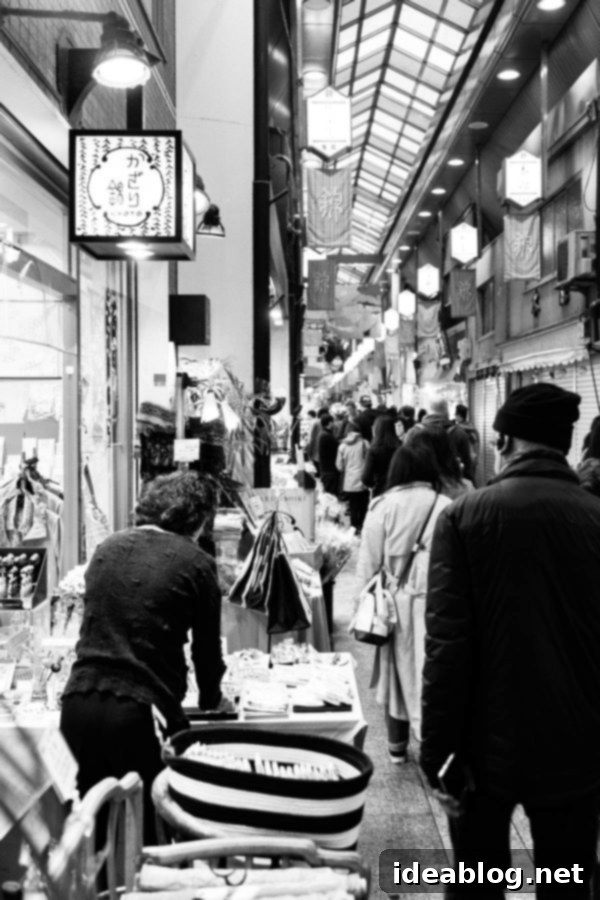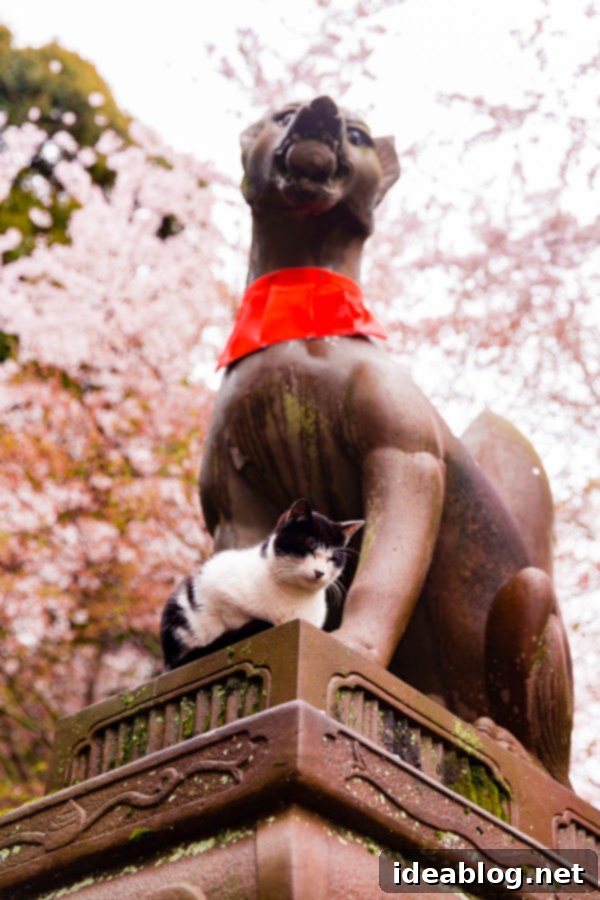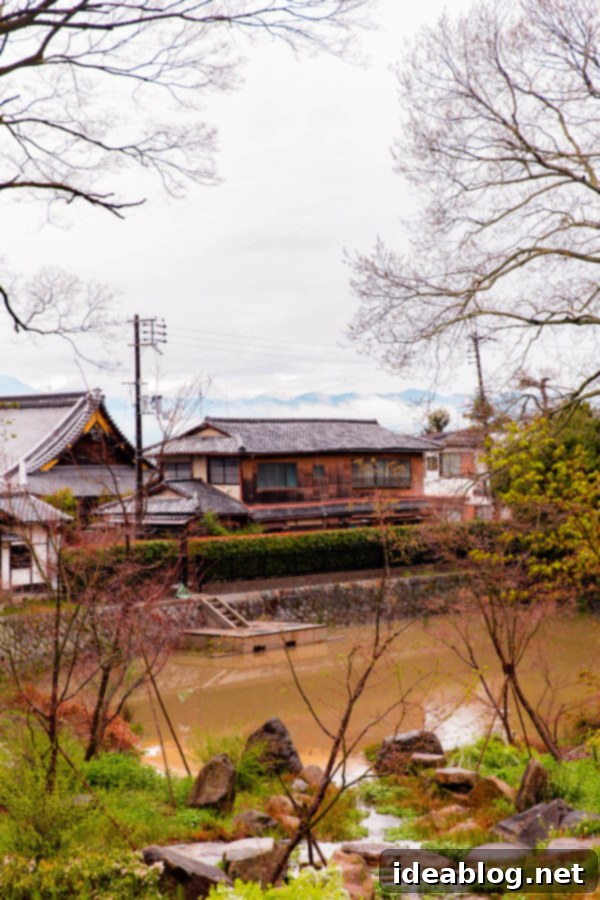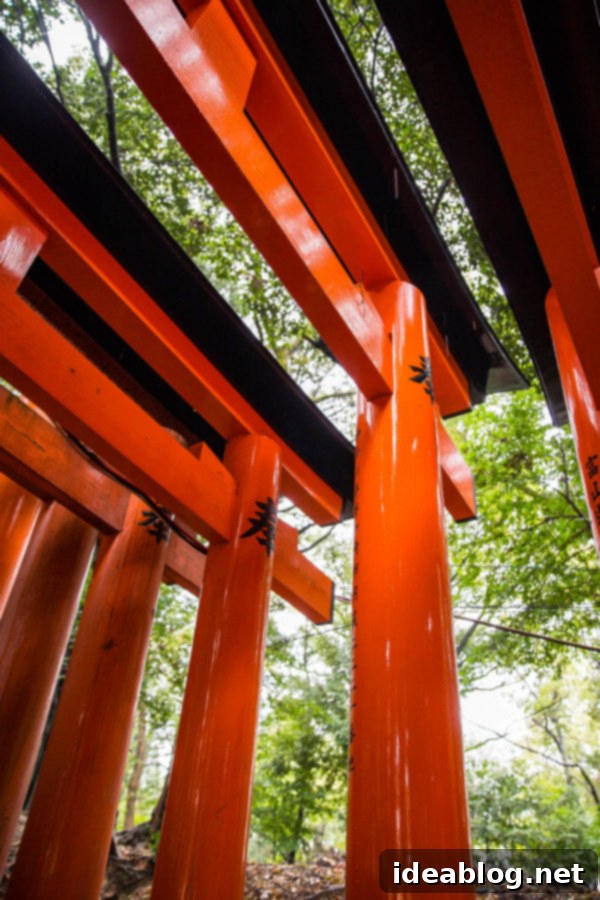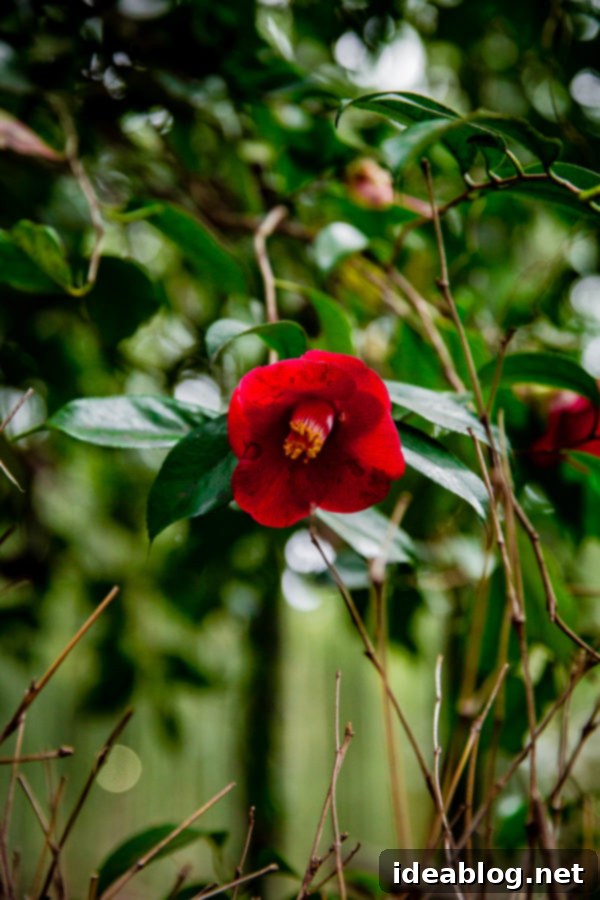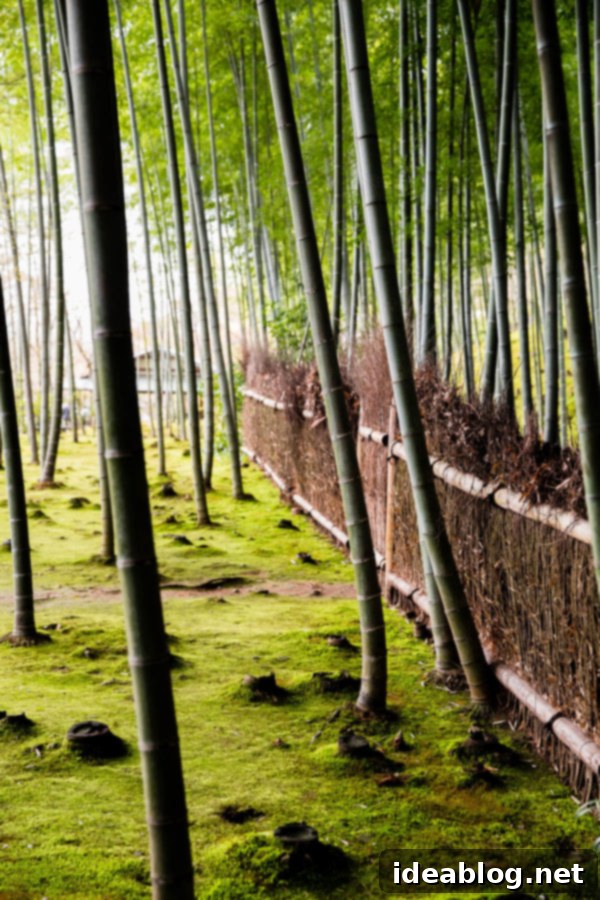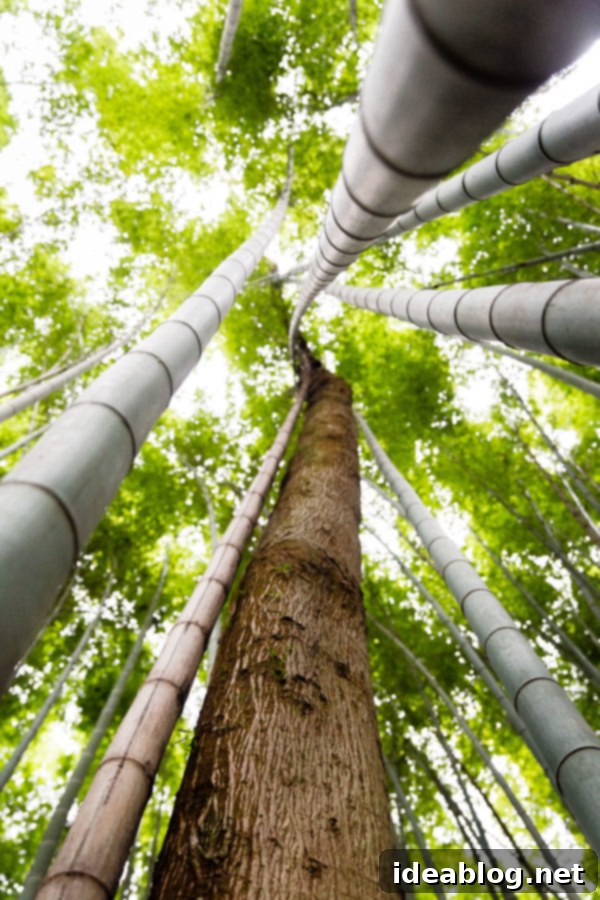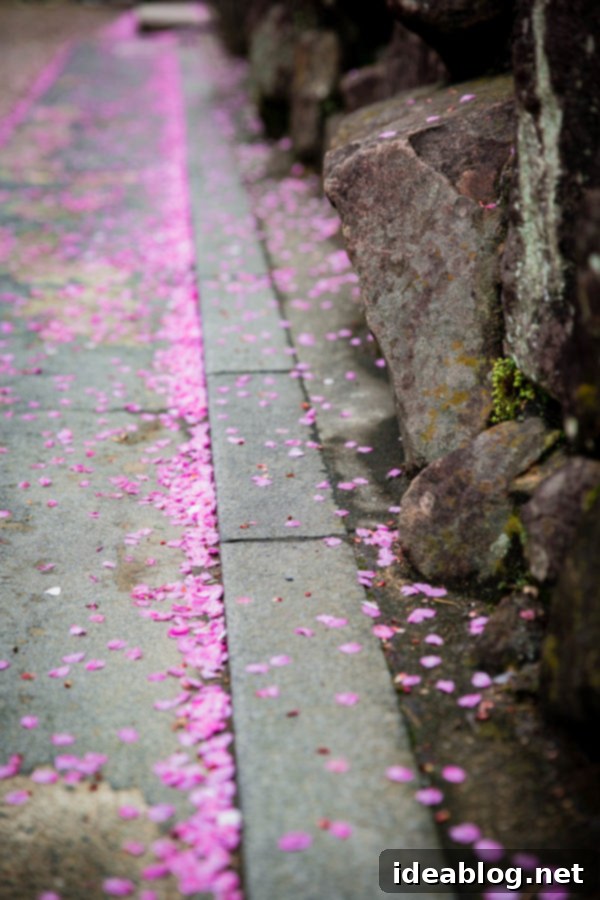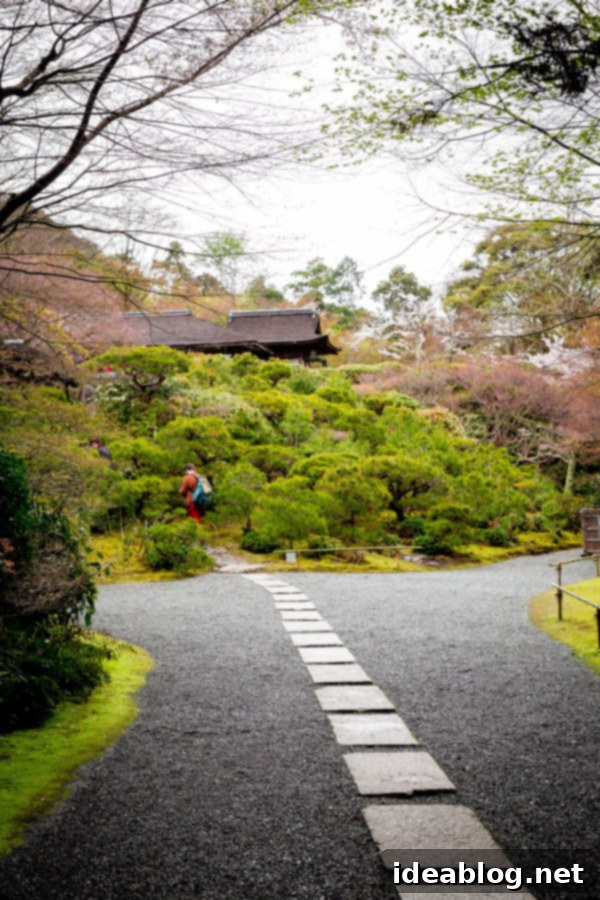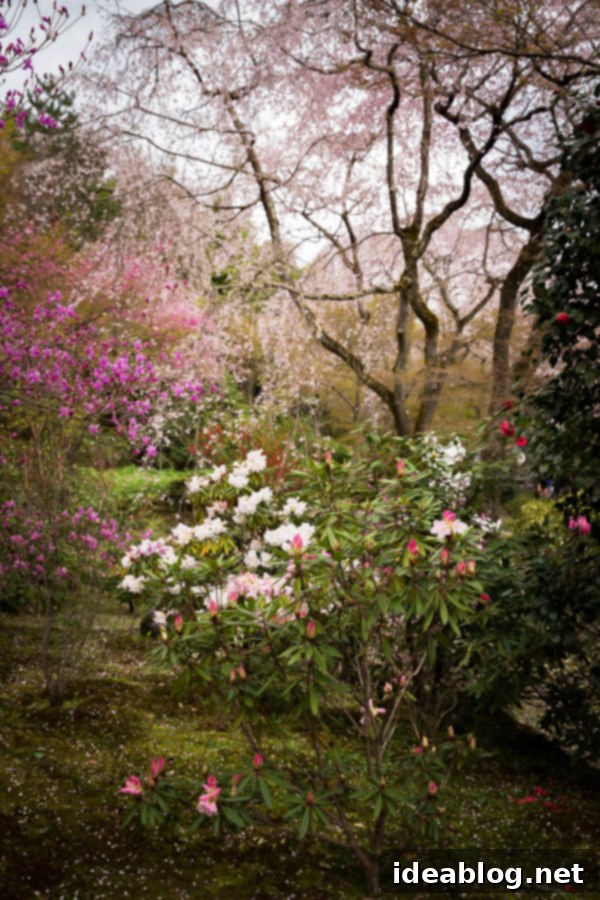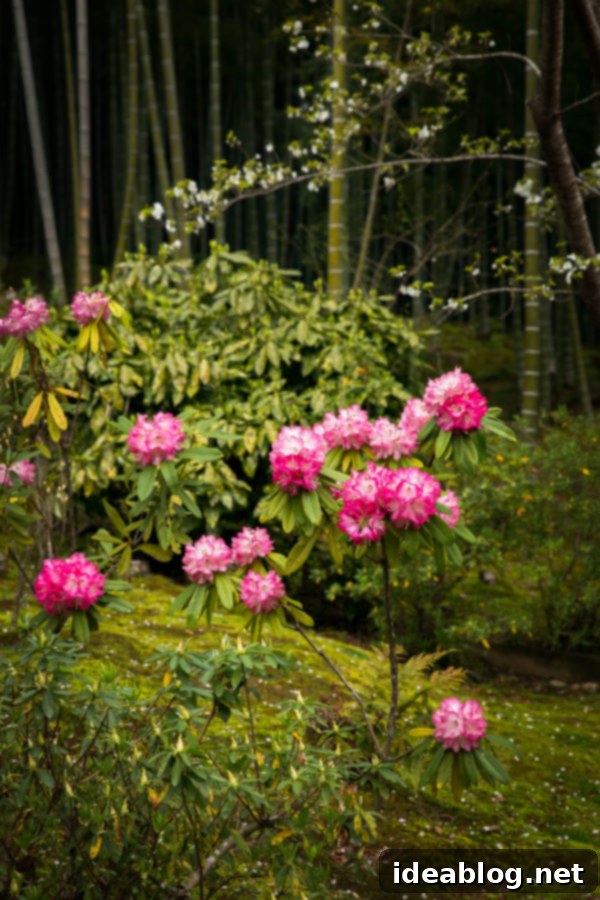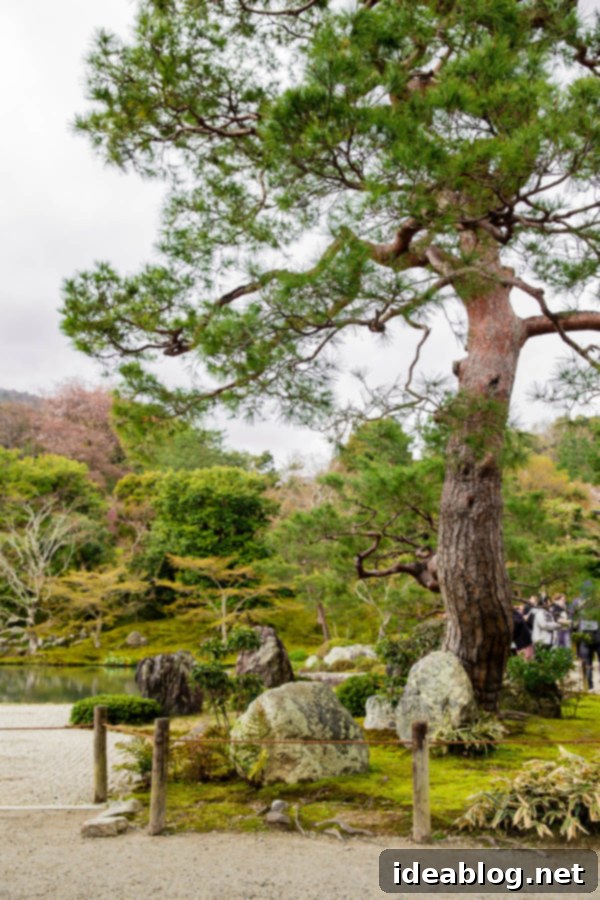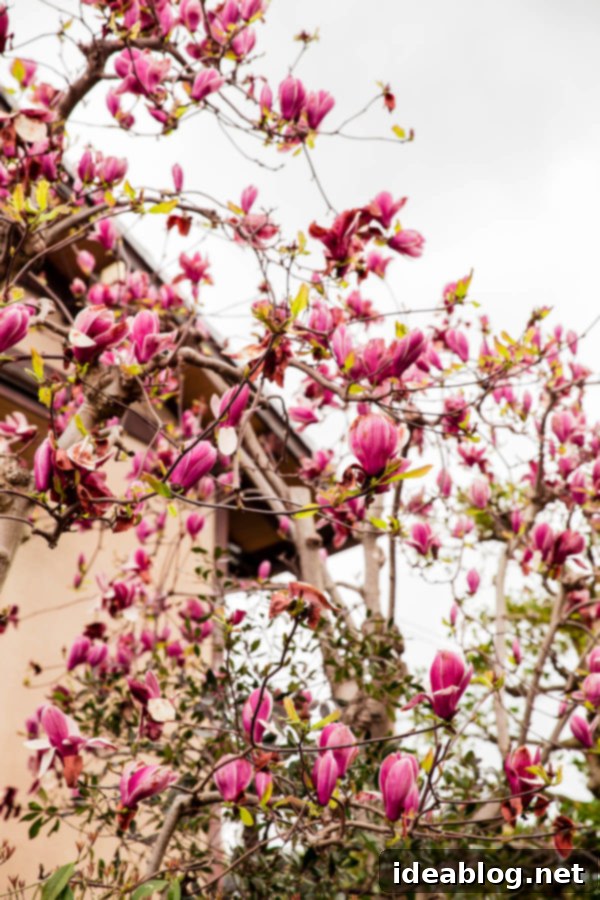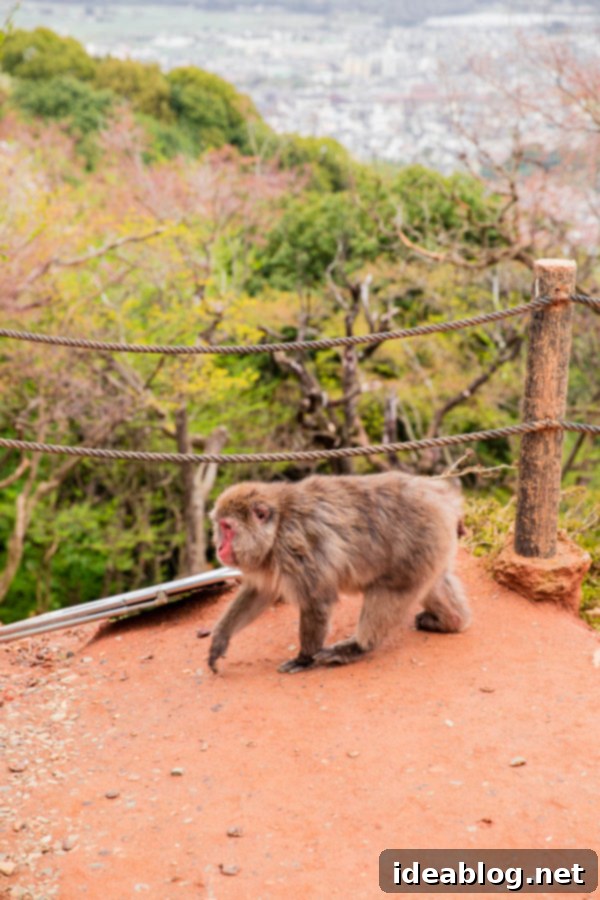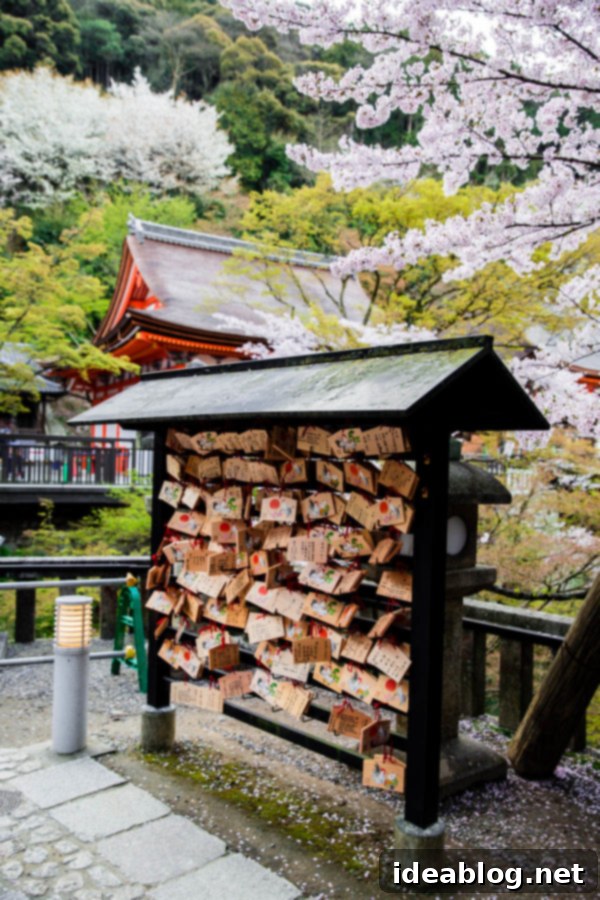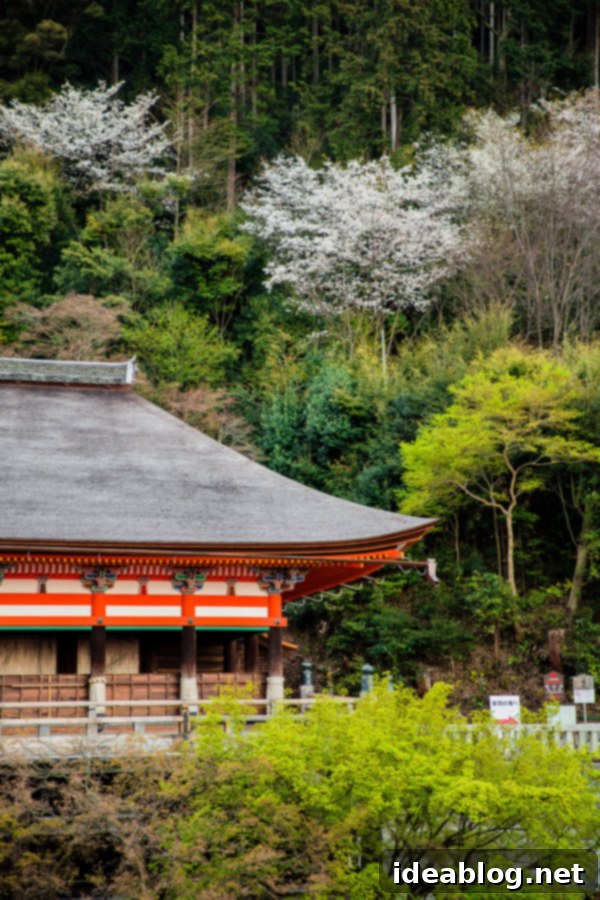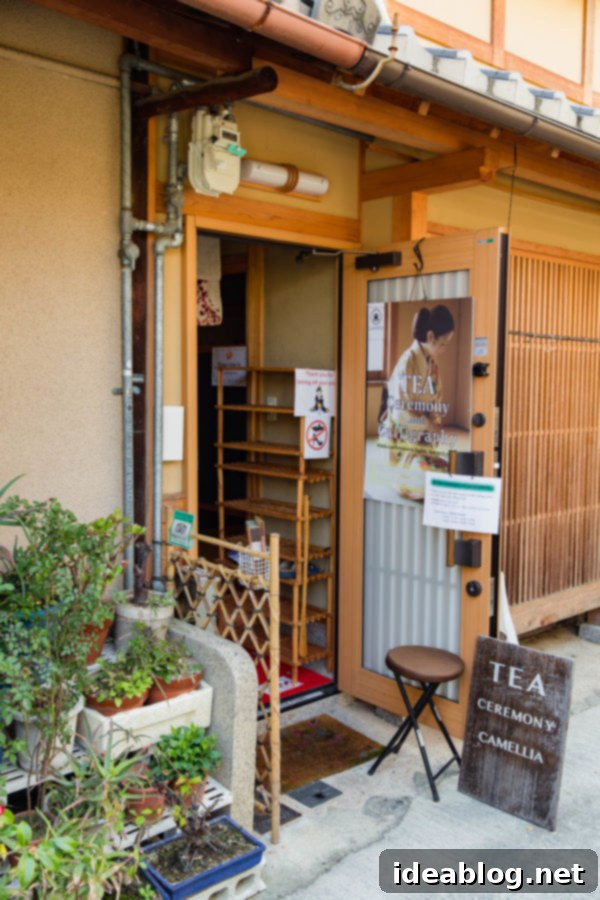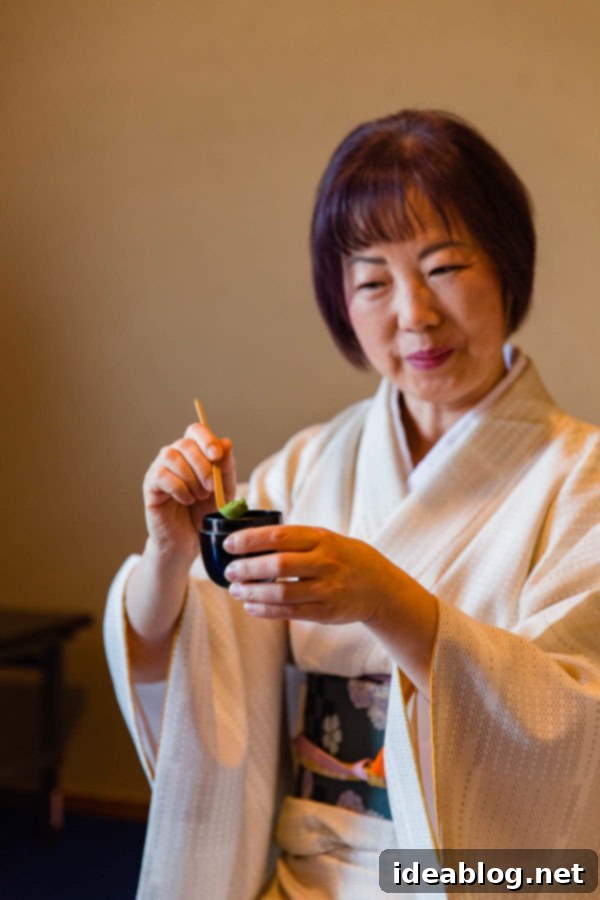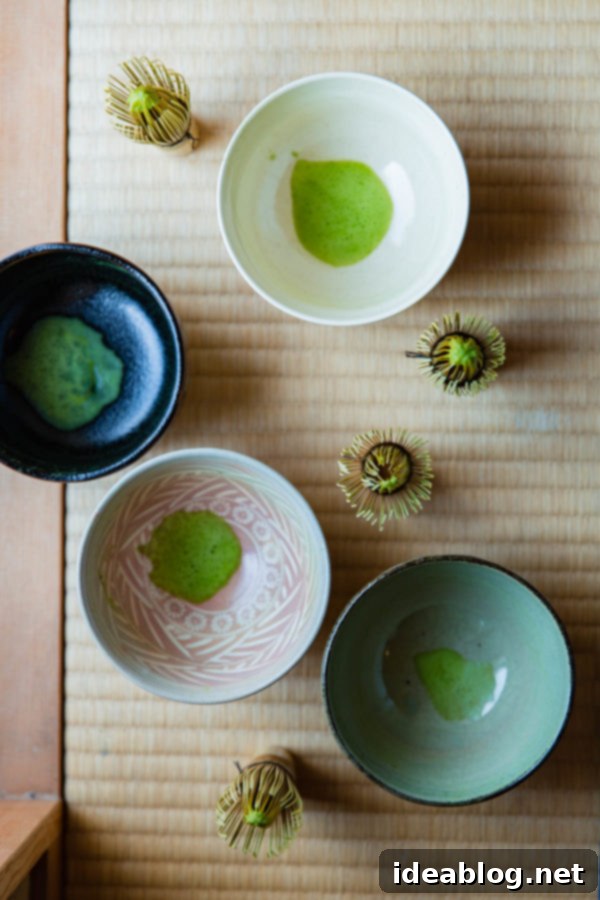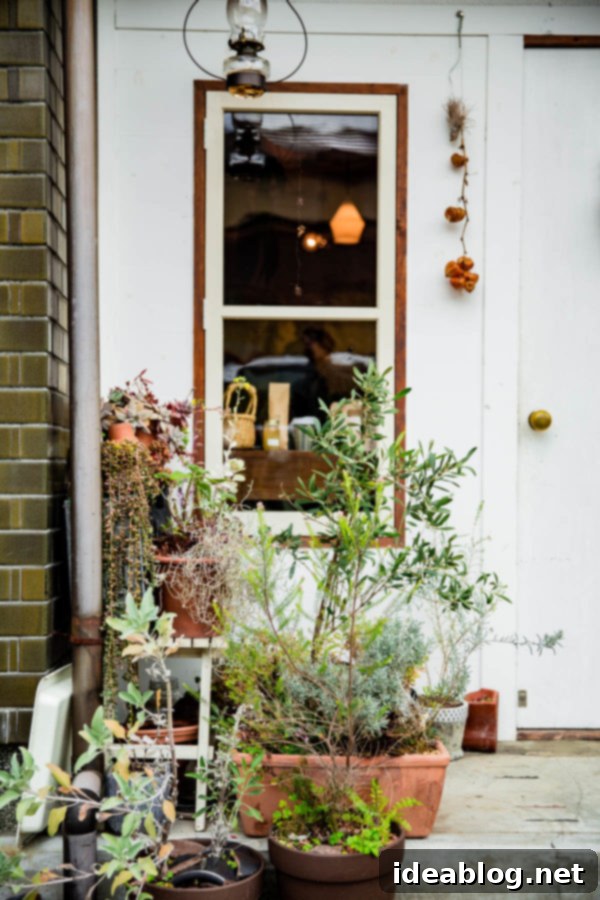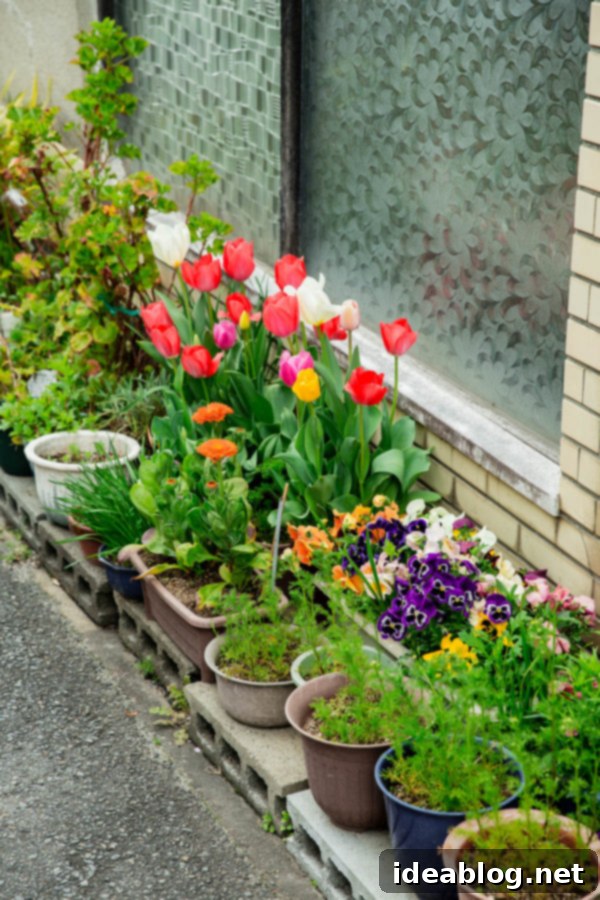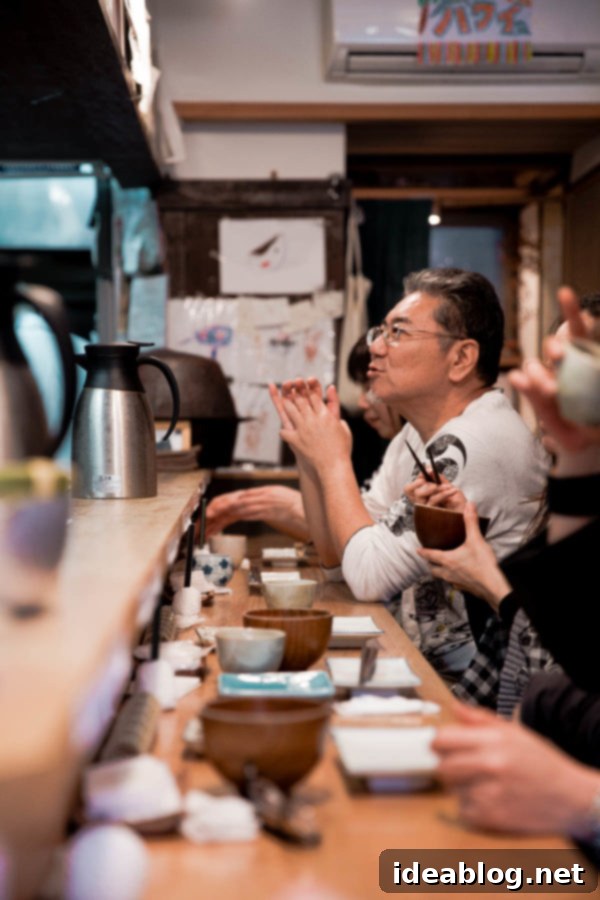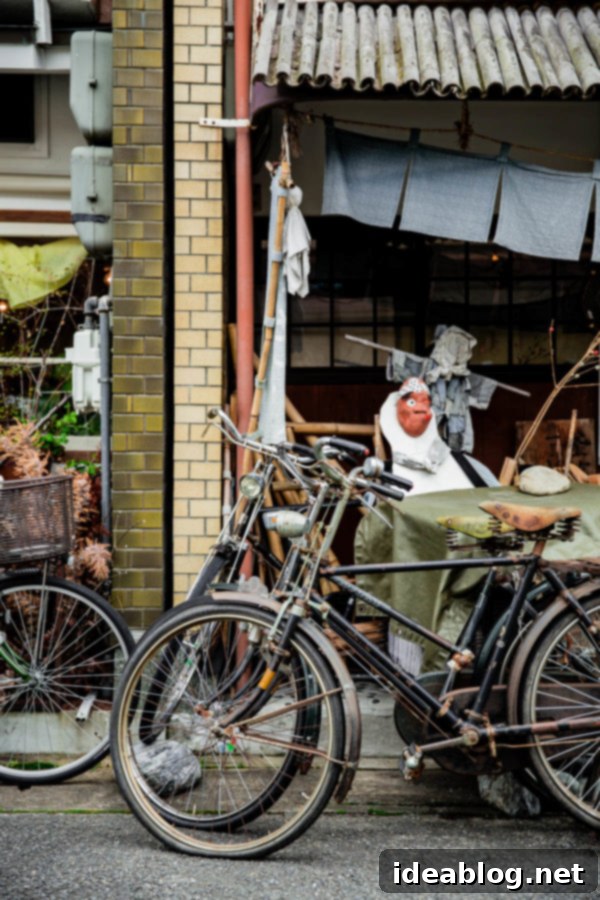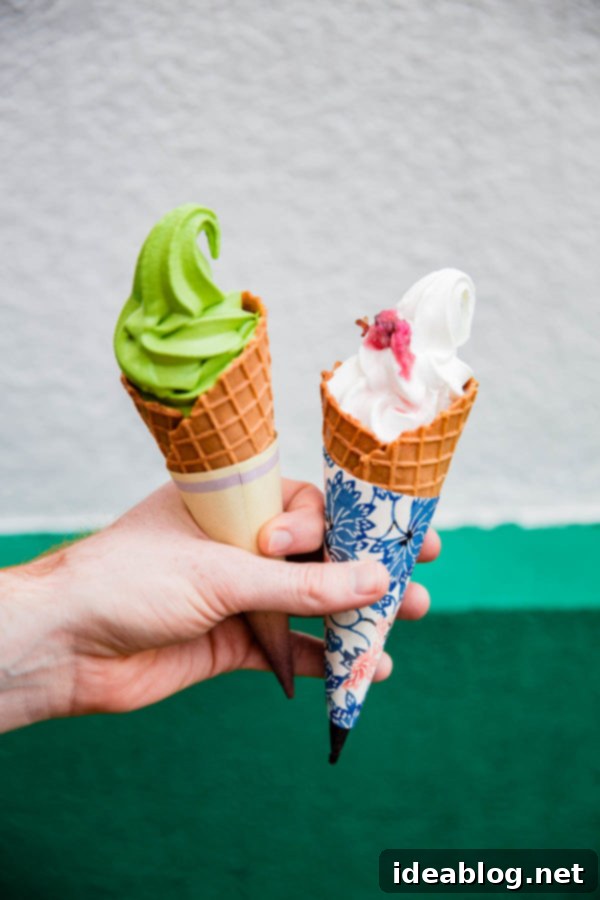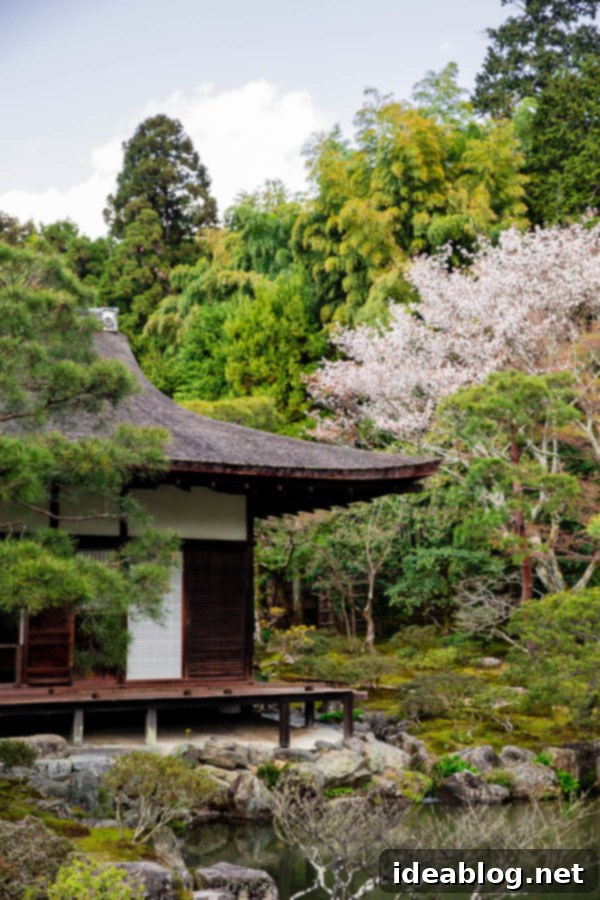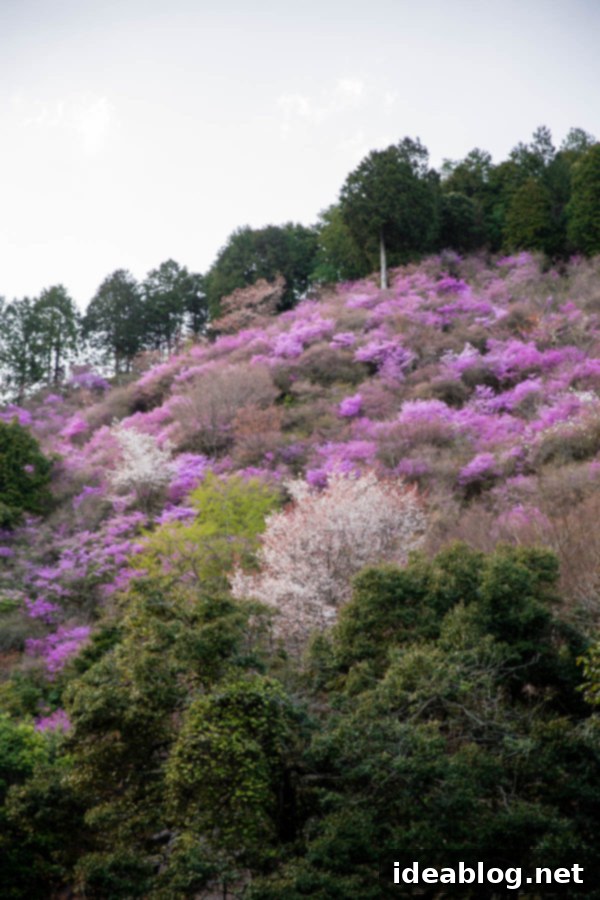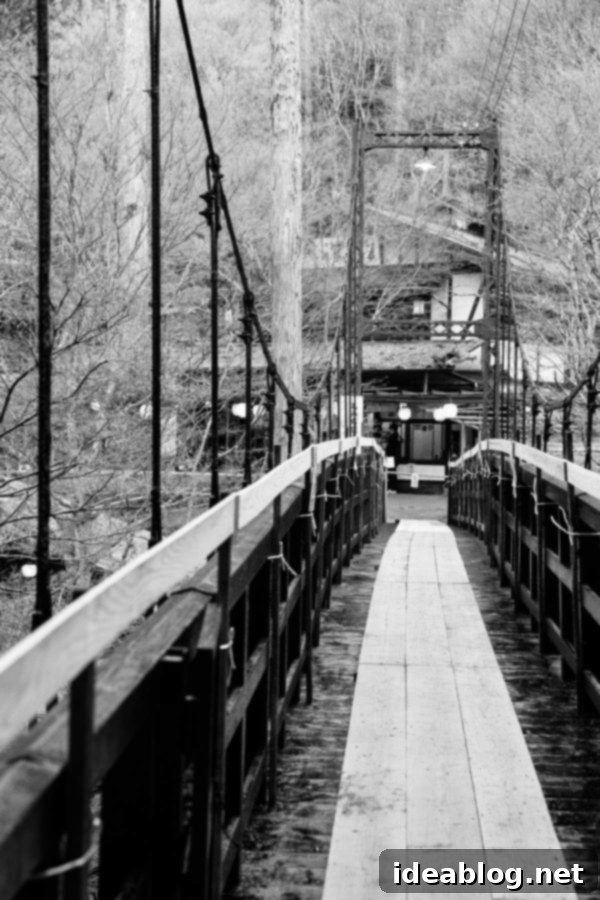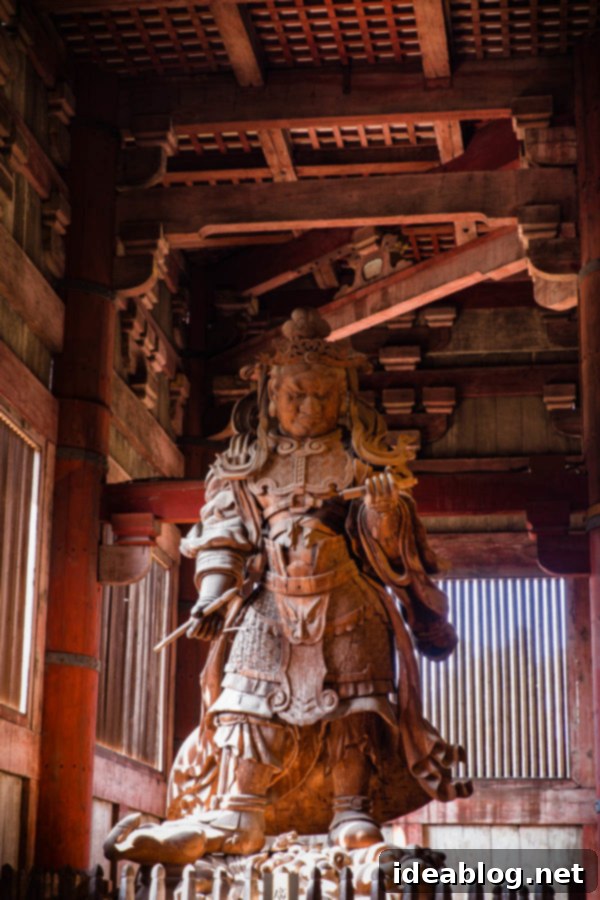Exploring Kyoto: Your Essential Guide to Japan’s Ancient Capital and Cultural Treasures

Following the vibrant energy of Tokyo, as detailed in my Tokyo travel guide, our journey through Japan continued with an unforgettable visit to Kyoto. Despite the language barrier, Japan profoundly resonated with me, feeling like a second home in ways I hadn’t anticipated. From Tokyo’s bustling streets, we embarked on the renowned bullet train, a testament to Japanese efficiency, heading towards our next enchanting destination: Kyoto.
Kyoto’s profound history and rich culture enveloped us within hours of our arrival. Although a sprawling metropolis home to over a million residents, Kyoto presents a stark contrast to Tokyo’s modern hustle. Its landscape is adorned with an unparalleled collection of ancient temples, sacred shrines, picturesque canals, meticulously maintained gardens, and charming cobblestone streets. This timeless beauty effortlessly transports visitors to a bygone era, offering a truly immersive experience in traditional Japan.
Our timing, coinciding with the peak of the cherry blossom season, rendered the city even more breathtakingly beautiful, painting every scene with delicate pink and white hues.
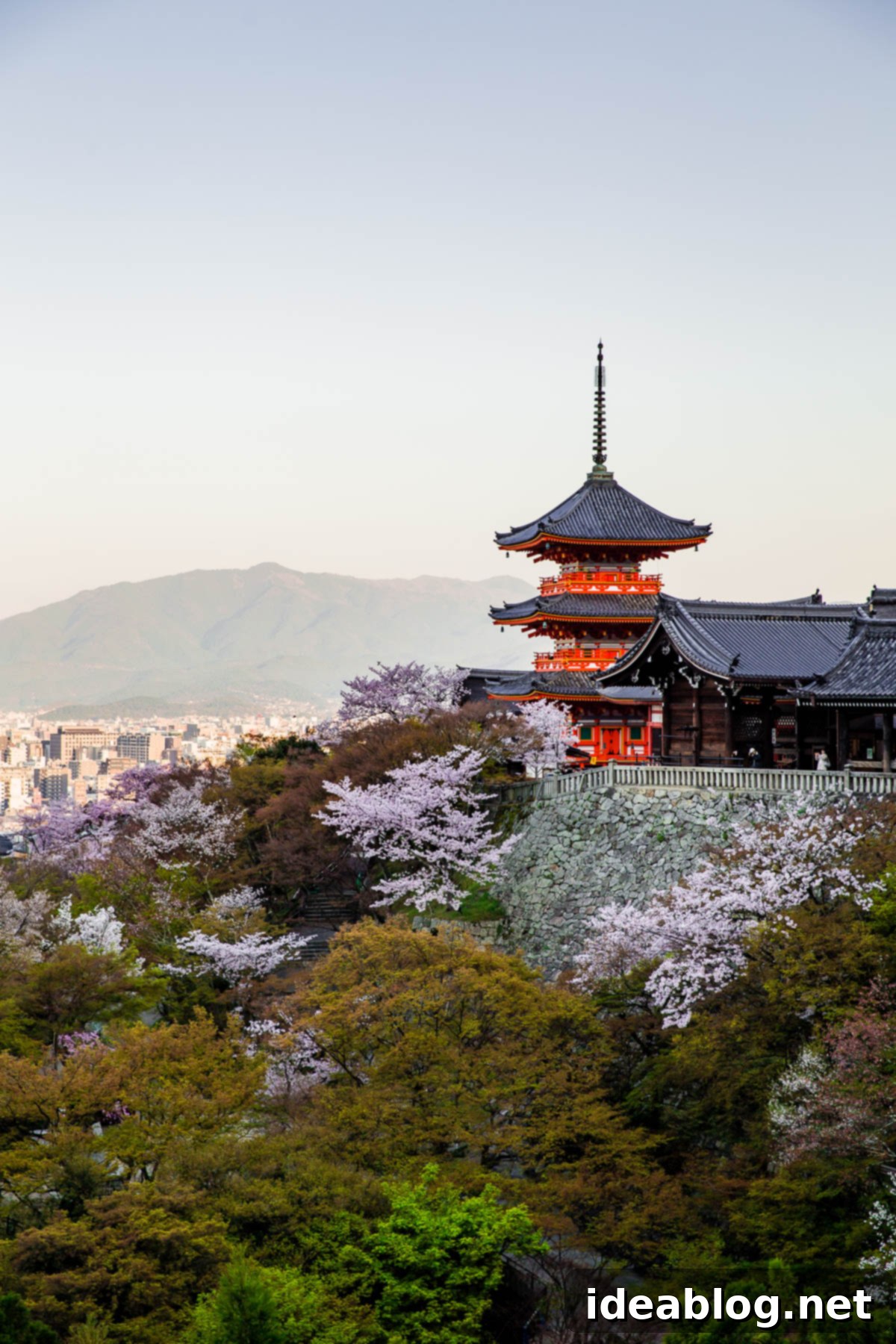
If I were to encapsulate our Kyoto adventure in a single word, it would be ambitious. With a limited four-day window, we meticulously planned a packed itinerary. This included an authentic overnight stay at a traditional Japanese ryokan just outside Kyoto and a captivating day trip to Nara. Ideally, to fully absorb Kyoto’s magic and its surrounding areas, I would recommend allocating at least four to five full days. This allows for a more leisurely pace, deeper exploration, and a chance to truly savor each moment without feeling rushed.
Navigating Kyoto requires a bit more strategic planning compared to Tokyo’s comprehensive subway system. Kyoto boasts an astonishing array of over 1,000 temples and 17 UNESCO World Heritage sites, and these magnificent attractions are often clustered in various districts across the city. While public transportation options like buses and trains are plentiful, understanding their routes and connections is key to maximizing your sightseeing. Many of the most beautiful and historically significant areas, particularly those closer to the Higashiyama mountains and hillsides, require thoughtful route planning. This is where you’ll want to dedicate the majority of your exploration time.
Downtown Kyoto offers a vibrant contemporary experience with an abundance of restaurants, lively markets, and diverse shops, providing a perfect blend of old and new. However, for those seeking the city’s quintessential charm and serene beauty, the areas nestled against the Higashiyama mountains are indispensable. Here, you’ll discover iconic temples, traditional teahouses, and scenic pathways that truly capture the essence of ancient Japan.

To ensure a seamless and enriching trip, we enlisted the expertise of Journy, an online travel concierge service. Their thorough planning and invaluable local tips were instrumental in crafting an itinerary that allowed us to optimize our time in Kyoto, visit most of the must-see destinations, and still enjoy spontaneous explorations on foot. Their insights truly enhanced our experience, guiding us to authentic culinary delights and cultural highlights we might have otherwise missed.
I wholeheartedly recommend considering such a service, especially if you’re planning a complex trip to Japan or any unfamiliar city. It transforms potential logistical headaches into a wonderfully curated travel experience.
Below, you’ll find an overview of essential Kyoto travel tips and highlights from our trip. For a comprehensive list of recommended destinations and restaurants, please refer to the bottom of this post.
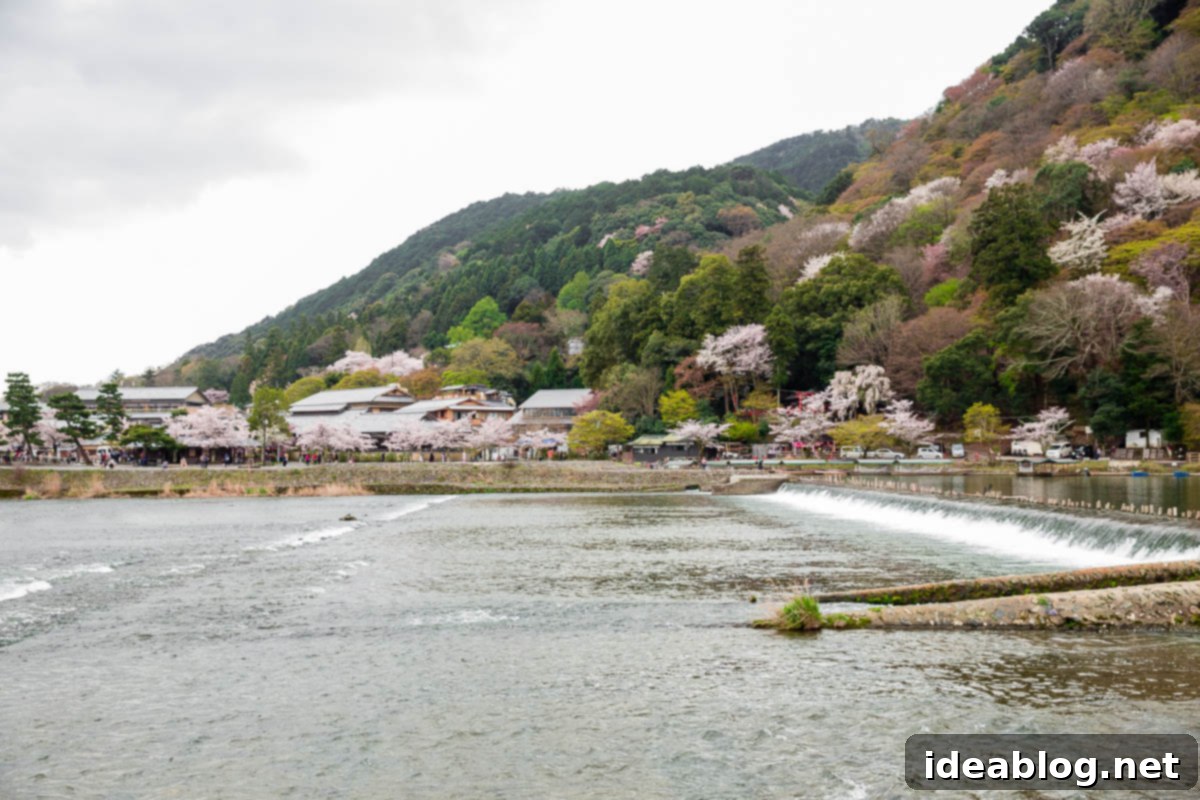
Top Kyoto Travel Tips for an Unforgettable Journey:
- Book in Advance: Secure your accommodations and prime restaurant reservations well ahead of time, particularly if your visit falls during popular seasons like cherry blossom or autumn foliage. High demand means popular spots fill up quickly.
- Carry Cash: Japan remains a cash-centric society, especially outside major urban centers. Many smaller restaurants, traditional shops, taxis, and even some temples do not accept credit cards. Withdraw cash from ATMs at local convenience stores (like 7-Eleven) and always keep smaller denominations handy for ease of transactions.
- Pack Light: Traveling with large suitcases in Japan can be cumbersome. Many train stations involve stairs, and overhead compartments on trains are designed for smaller luggage. Opt for wheeled luggage that is easy to manage, ideally carry-on size.
- Embrace Early Mornings: Leverage any jet lag by scheduling visits to popular tourist destinations and temples right as they open, or even slightly before dawn. This strategy rewards you with fewer crowds, unparalleled photo opportunities, and often, stunning sunrises over ancient architecture. Remember to check opening hours and local public transportation schedules in advance, as early morning options might be limited. Bring a snack or grab a hot drink from a vending machine, as most businesses won’t be open yet.
- Comfortable Footwear & Layered Clothing: You’ll be doing a lot of walking, so comfortable shoes are essential. Choose footwear that is easy to slip on and off, as many temples and shrines require you to remove your shoes before entering. Dress in easily removable layers; even during cherry blossom season, mornings can be quite cool, with temperatures warming up significantly throughout the day.
- Indulge in Kaiseki: For a truly authentic culinary experience, consider a traditional kaiseki dinner. Kyoto is famed for these elegant, multi-course meals that emphasize hyper-local, seasonal ingredients and artistic presentation. While it might not be everyone’s favorite flavor profile, it’s an unparalleled cultural immersion worth experiencing, perhaps at your ryokan or a renowned Kyoto restaurant.
- Rent a Pocket Wifi: A Pocket Wifi (eConnect) is an absolute must-have for seamless navigation and daily planning. It’s affordable and provides reliable internet access on the go, making it indispensable for Google Maps and research.
- Avoid Temple Fatigue: Kyoto’s abundance of temples is a blessing, but visiting too many in one day can lead to ‘temple fatigue.’ Limit yourself to 2 or 3 temples per day, interspersing them with meals, market visits, tea ceremonies, or leisurely strolls to maintain enthusiasm and appreciation.
- Experience a Traditional Tea Ceremony: Immerse yourself in Japanese culture by booking a traditional tea ceremony. Learn about the intricate rituals and the revered matcha, a local specialty. It’s an enlightening experience, and you might even want to bring some high-quality matcha home.
- Leave Drones at Home: Most temples, shrines, and heritage sites explicitly prohibit the use of drones to protect privacy, maintain tranquility, and preserve historical structures. Cameras, however, are always welcome for capturing your memories.
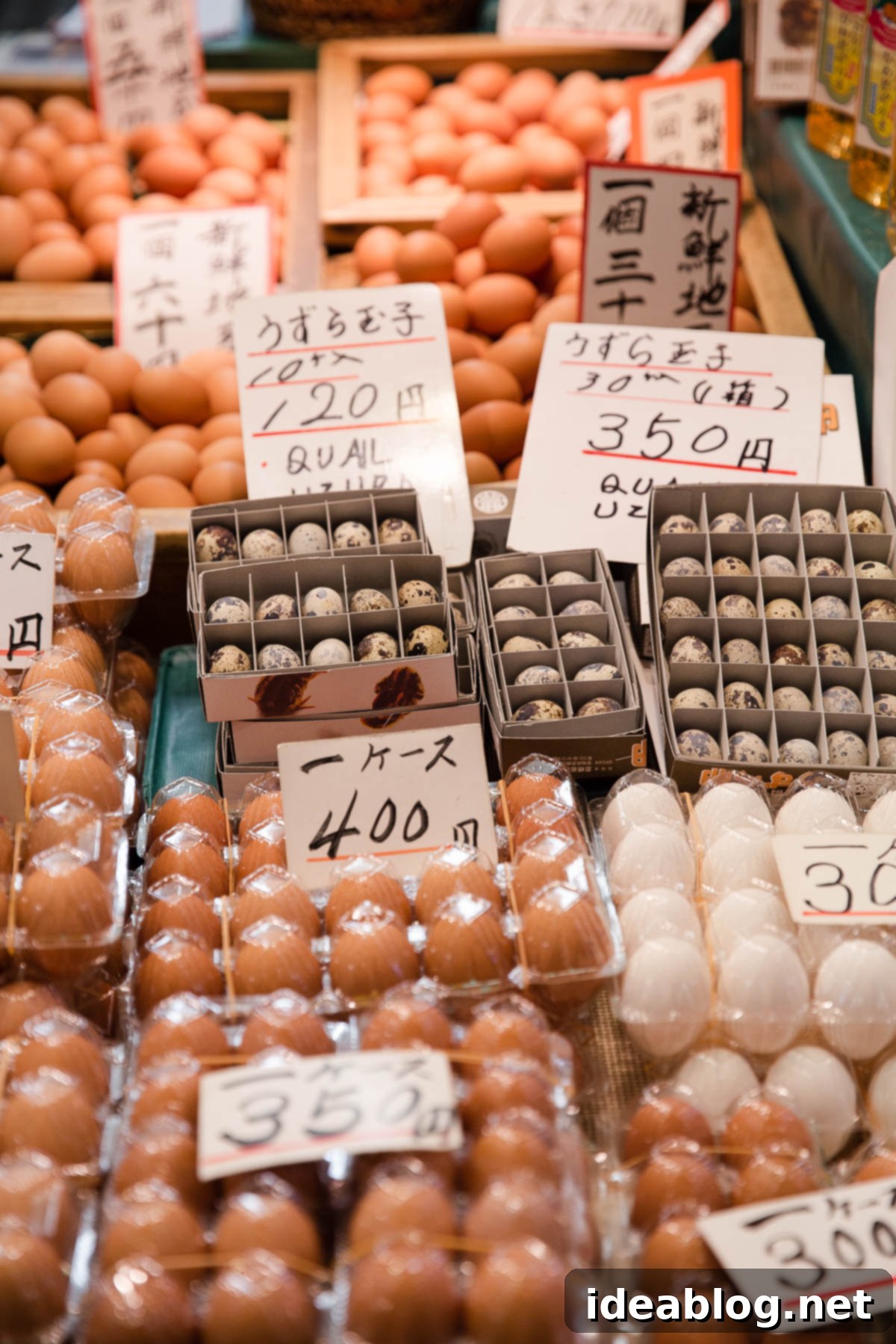
Nishiki Market: Kyoto’s Kitchen
No visit to Kyoto is complete without exploring the vibrant Nishiki Market, famously known as “Kyoto’s Kitchen.” Located in downtown Kyoto, this bustling market is a sensory delight, offering a fascinating glimpse into local culinary traditions and a paradise for foodies. Be prepared for crowds, as it’s a wildly popular destination for both locals and tourists throughout the day.
Arrive hungry and ready to sample a fantastic array of street foods and local delicacies. Indulge in savory takoyaki (octopus balls), sweet and fluffy tamagoyaki (Japanese rolled omelets), crispy tempura, grilled octopus on a stick, fresh sashimi, and countless other delights. It’s a culinary adventure where you can taste your way through Kyoto’s authentic flavors.
A Must-Visit: Beyond the food stalls, make sure to seek out Artisugu Knives, one of Japan’s oldest and most esteemed knife makers, situated on the north side of the market. Here, you’ll discover exquisitely crafted knives and kitchen tools of every shape and size, representing centuries of artisanal mastery. If you’re looking for a truly special souvenir, a Japanese knife from Artisugu is an excellent choice (it was my favorite from our trip!). Remember to bring cash, as this traditional shop does not accept credit cards. Many knives can be hand-engraved with your name in beautiful Japanese characters, and the staff often provides a quick lesson on proper storage and care.
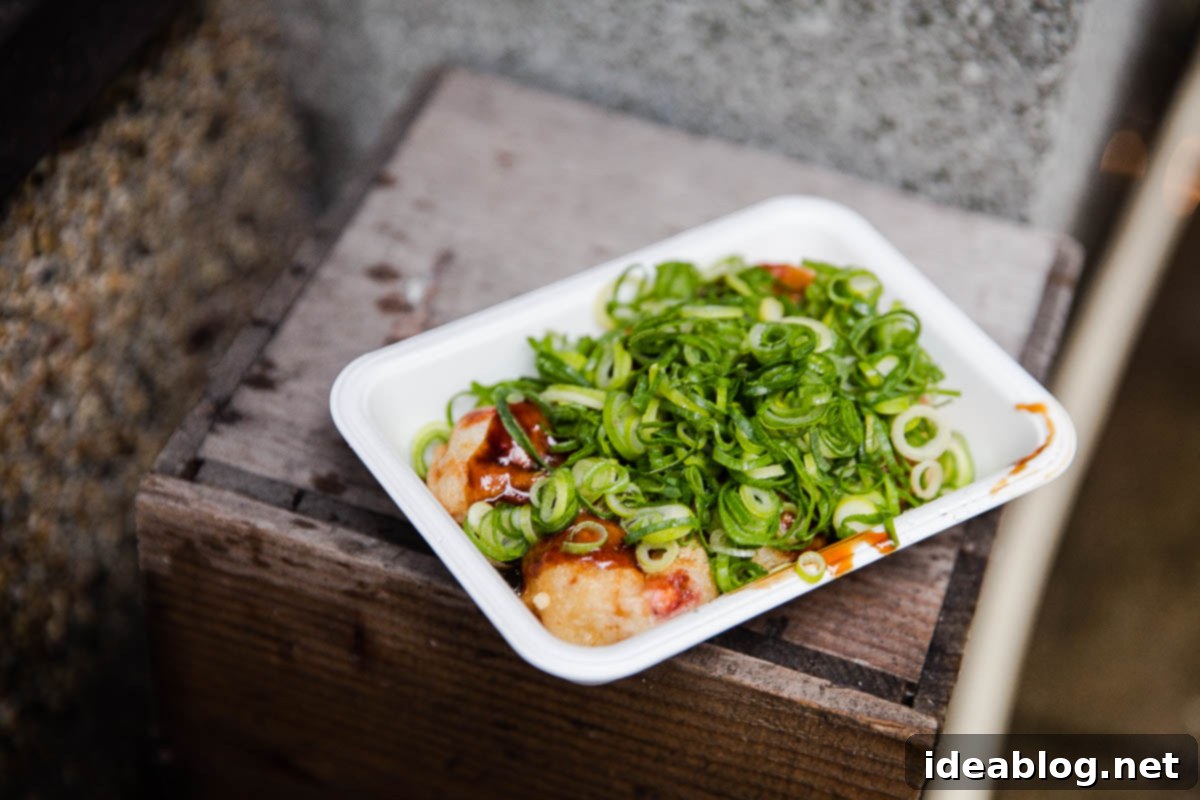
Fushimi Inari-Taisha Shrine: A Path of Vermilion Gates
Fushimi Inari-Taisha is undoubtedly one of Kyoto’s most iconic and visually stunning shrines, a must-visit for any traveler to the region. Located in southeast Kyoto, it’s famous for its thousands of vibrant vermilion torii (shrine gates) that form a mesmerizing network of trails winding up Mount Inari. This endless path of gates was one of the most memorable and photo-worthy sights during our time in the city.
To truly appreciate its mystical ambiance and avoid the heaviest crowds, I highly recommend planning your visit early in the morning, ideally right at dawn when it opens. We were fortunate to visit on a slightly rainy morning, which naturally thinned out the usual throngs of visitors, allowing for a more serene experience. The shrine complex is vast, extending 4 kilometers up the mountain. While the lower sections can be bustling, the crowds gradually thin out as you ascend, offering moments of quiet contemplation amidst the stunning gates. Allocate at least an hour, or even longer, to fully explore the trails and enjoy the panoramic views.
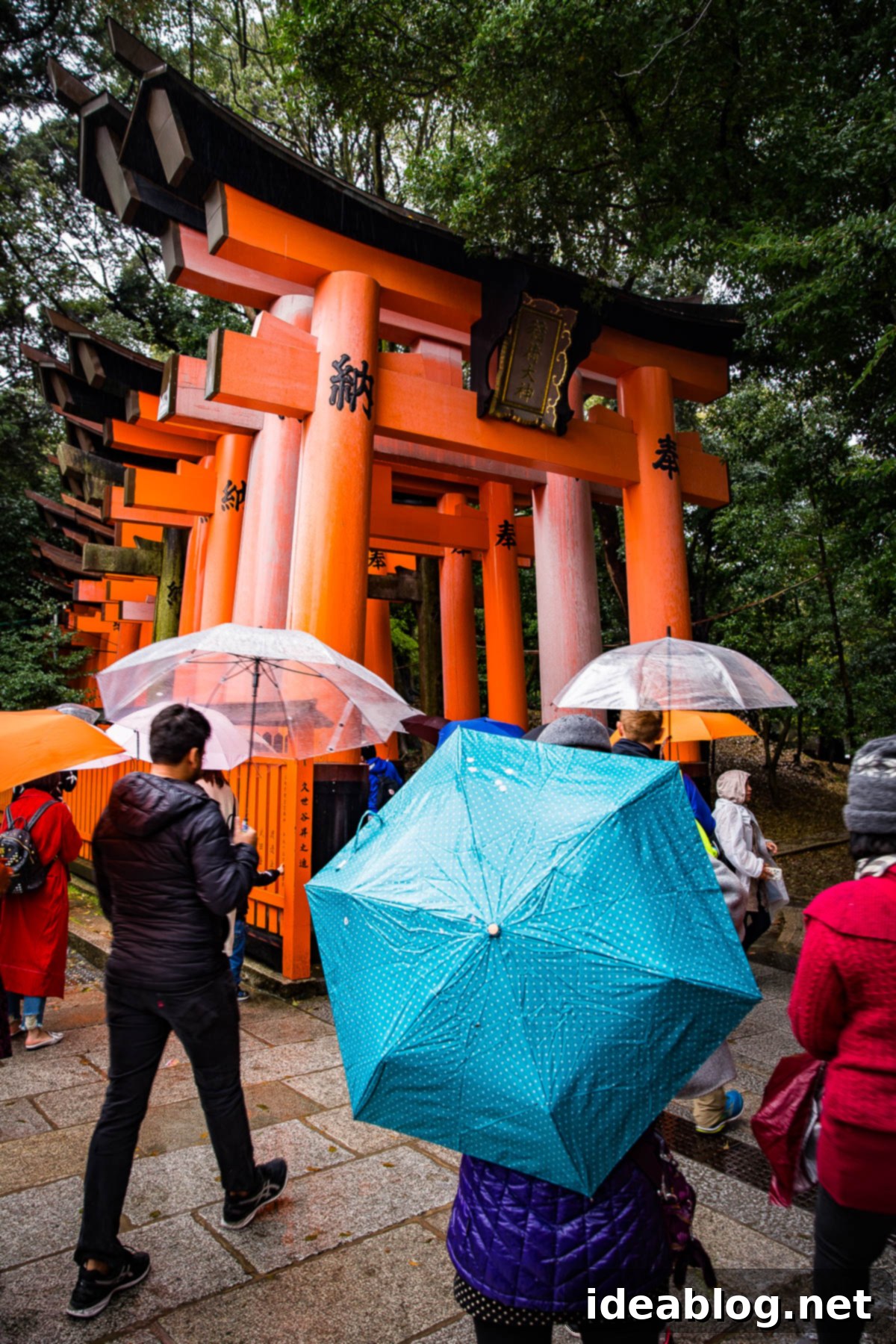
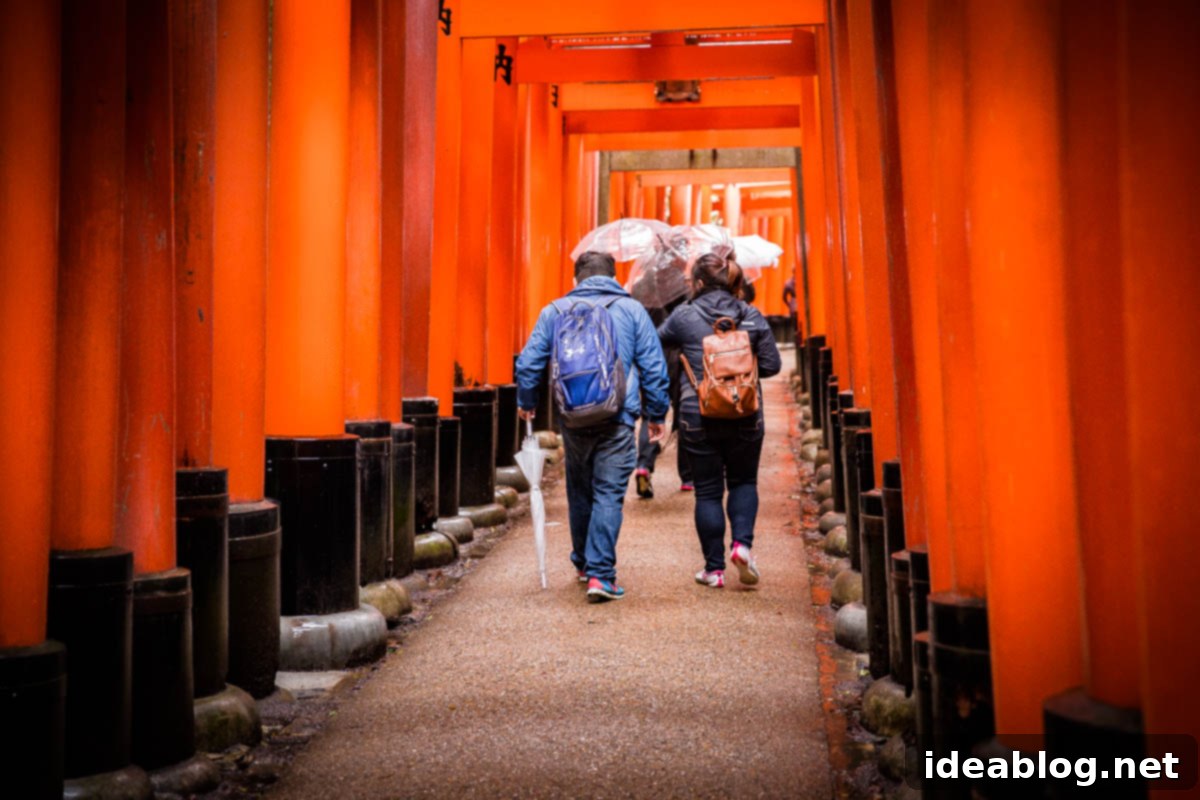
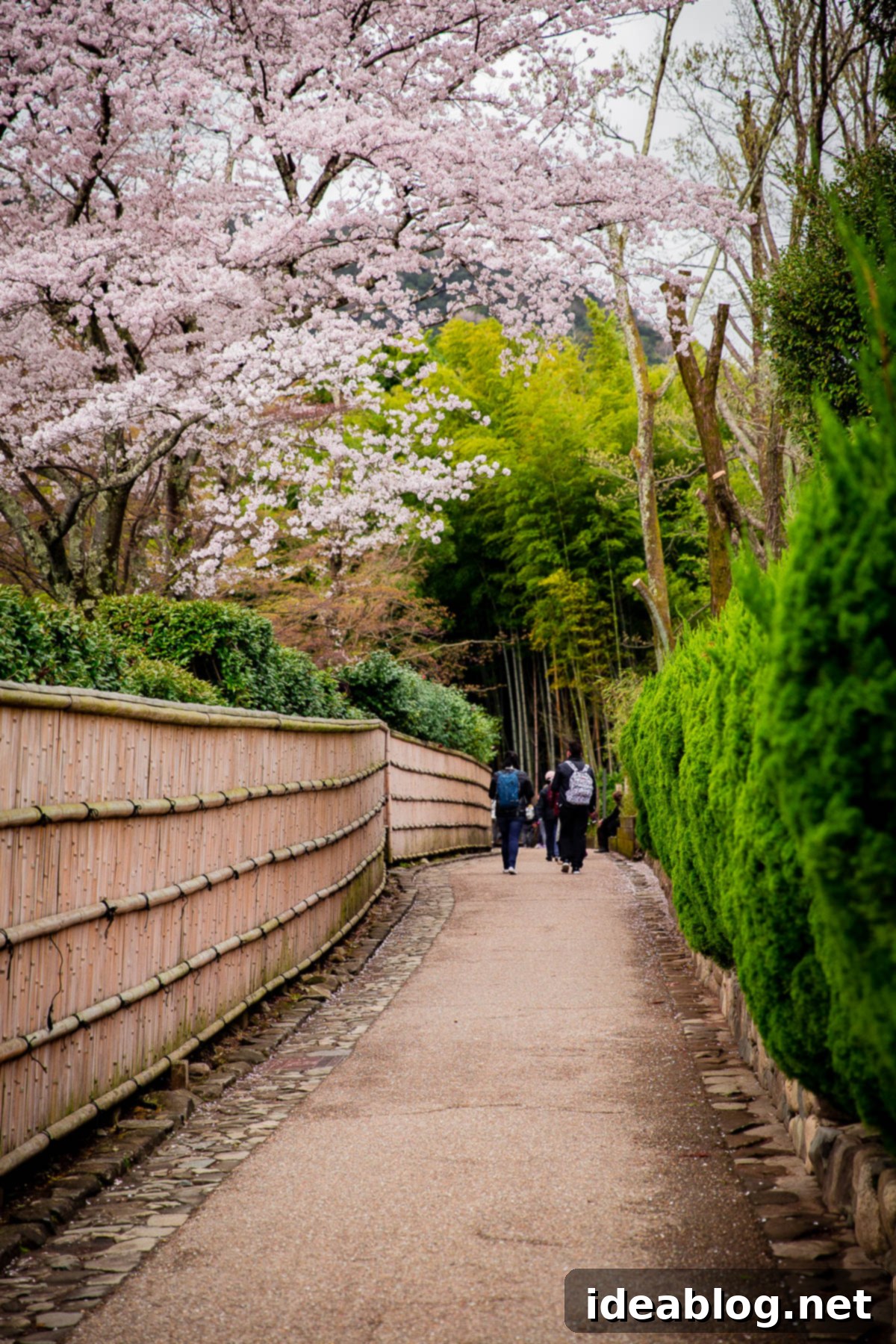
Arashiyama Bamboo Grove: Nature’s Skyscraper Symphony
The Arashiyama Bamboo Grove stands out as one of my absolute favorite spots in Kyoto, a place of such breathtaking natural beauty that words truly fail to capture its essence (the pictures, while lovely, simply don’t do it justice!). Walking through this dense forest of towering bamboo stalks is an immersive, almost otherworldly experience.
If your itinerary includes a visit to the nearby Tenryu-Ji Temple or the Okochi Sanso Villa, you will naturally pass through this iconic grove. Dedicate ample time to simply soak in the atmosphere. Take photographs, but also remember to pause, breathe, and look straight up; the sight of the incredibly thick, twisting, and intertwined bamboo stalks reaching for the sky is mesmerizing. The gentle rustling sound of the bamboo leaves in the breeze creates a serene, almost meditative soundtrack to your stroll.
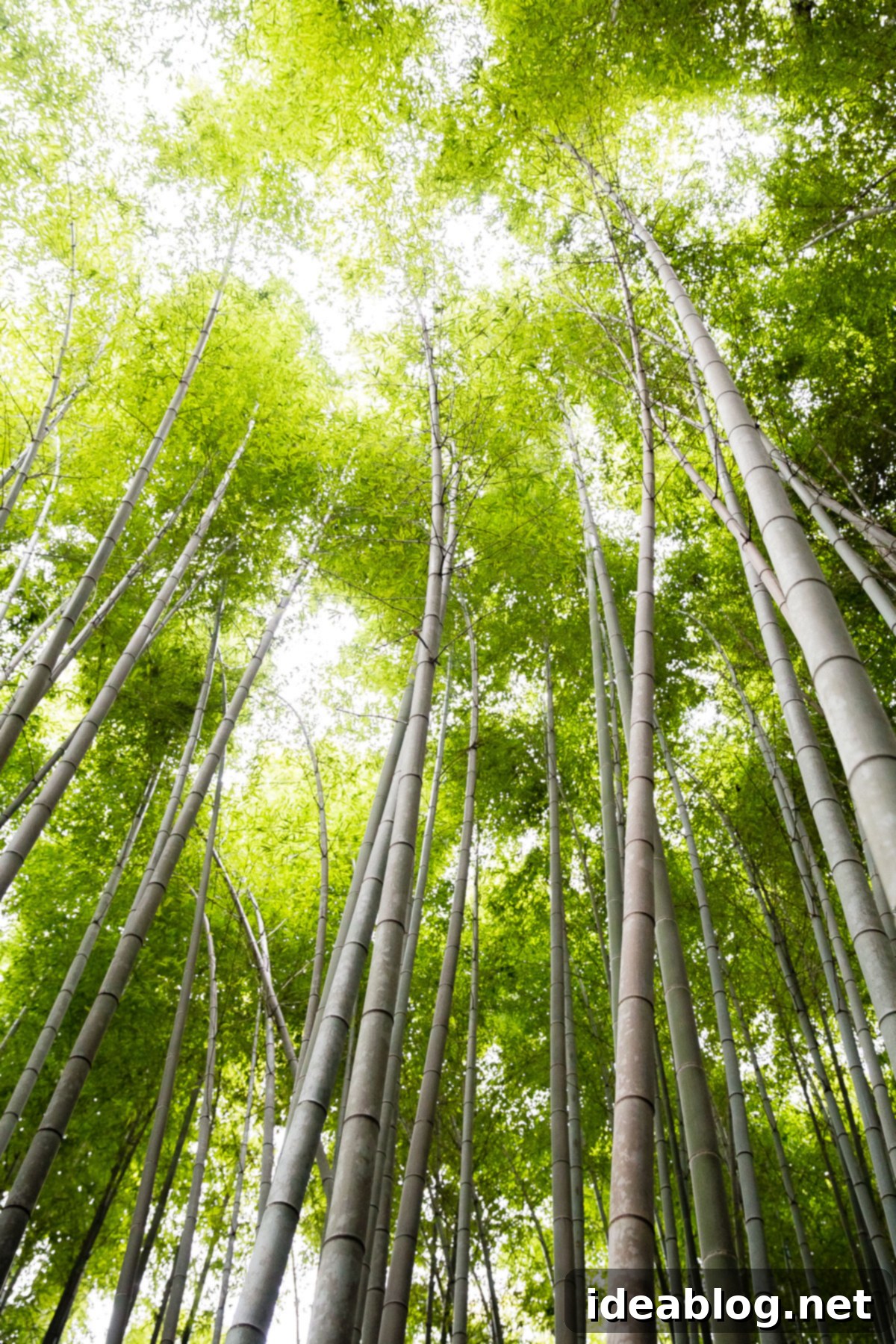
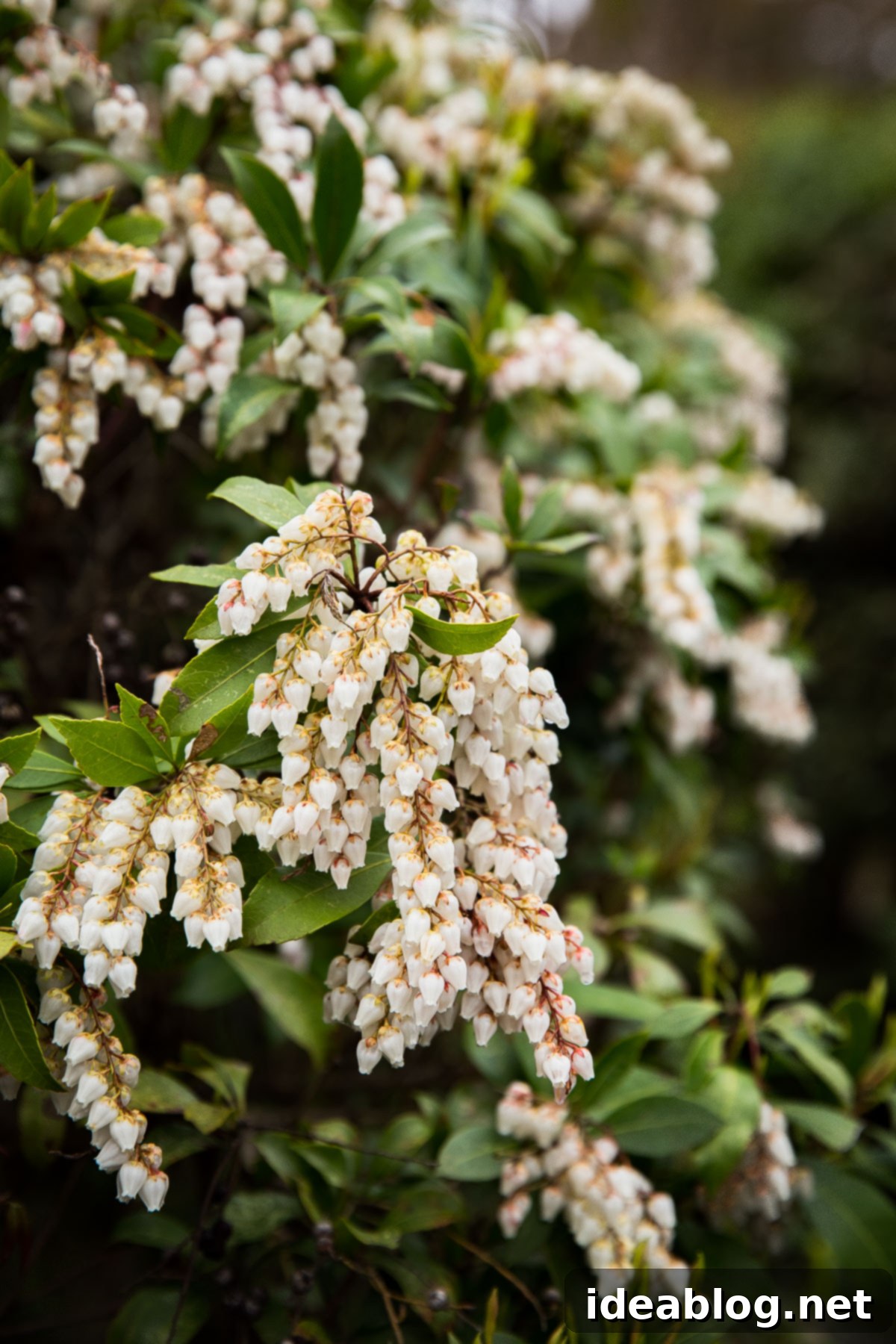
Okochi Sanso Villa: A Hidden Garden Paradise
The Okochi Sanso Villa, a recommendation from Journy, turned out to be one of my most cherished discoveries in Kyoto. It’s a somewhat smaller estate, easily overlooked by those unaware, yet it remains an absolute highlight of our trip.
While the villa buildings themselves are elegant, it is the sprawling grounds, the stunning seasonal flowers, and especially the immaculate moss gardens that are truly breathtaking. These gardens are among the most beautiful we encountered in Kyoto, offering a serene and meticulously cared-for landscape that feels like a living work of art. The villa also provides splendid panoramic views of Kyoto in the distance, a peaceful vantage point away from the city’s hustle. Unlike many of the larger, more frequently visited shrines and temples, Okochi Sanso has an entrance fee. However, this is a distinct benefit, as it naturally limits the number of visitors, ensuring a remarkably quiet and peaceful experience even during relatively busy periods. Your admission also includes complimentary green tea and a traditional Japanese sweet, a delightful treat at the conclusion of your tranquil visit. Some of my favorite and most memorable photographs from our entire trip were captured within this exquisite location.


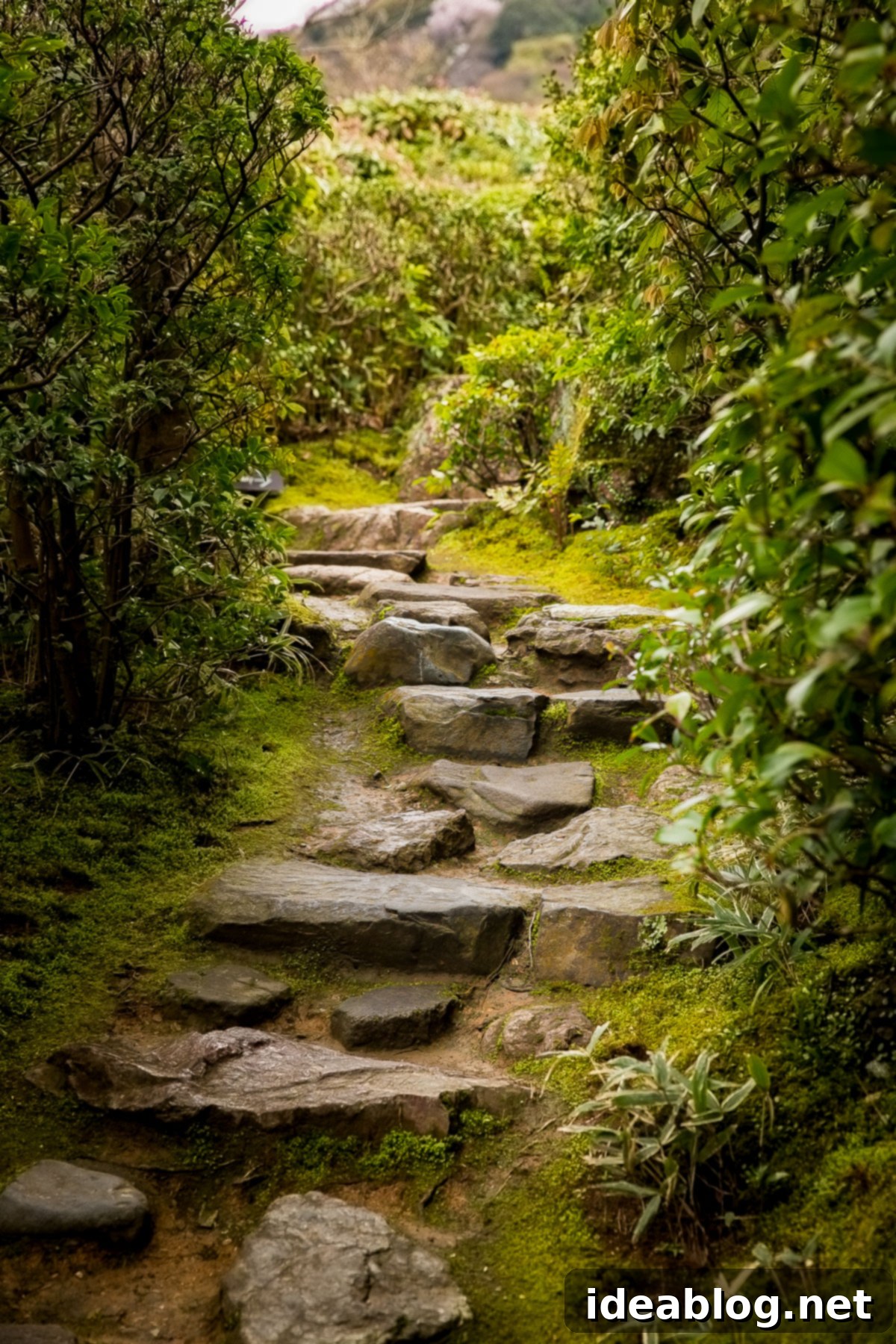
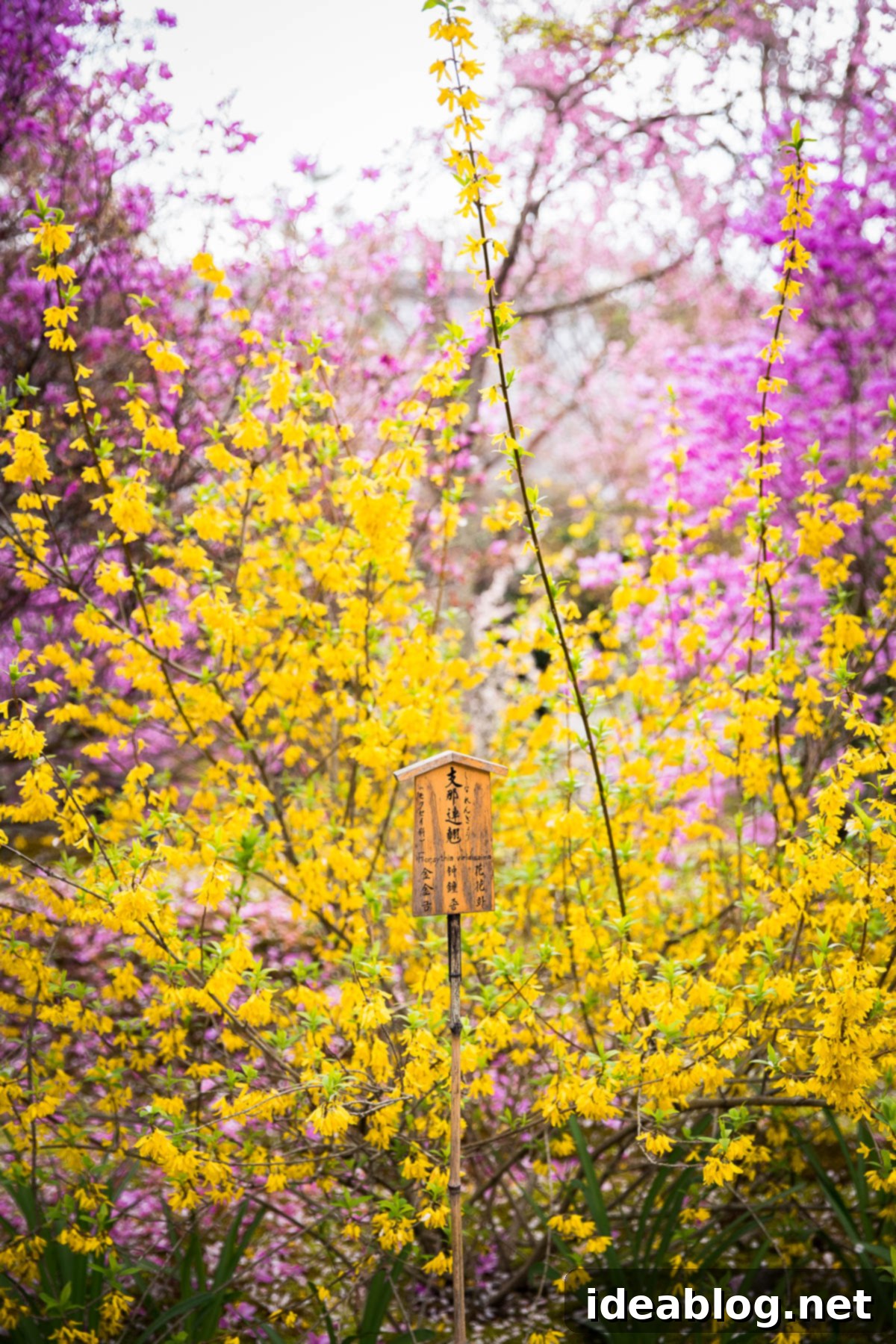

Tenryū-ji Temple: Serene Zen Gardens and History
Just a short, pleasant stroll from both the enchanting Arashiyama Bamboo Grove and the tranquil Okochi Sanso Villa lies Tenryū-ji Temple. This magnificent Zen Buddhist temple is celebrated for possessing some of the most exquisite gardens in all of Kyoto, offering not only serene beauty but also gorgeous mountain views that provide a stunning backdrop to its meticulously maintained landscapes.
For those seeking a deeply traditional Japanese culinary experience, consider booking a reservation at Shigetsu. This renowned Zen Buddhist vegetarian restaurant is conveniently located directly on the temple grounds. For approximately $30 per person, guests are served a traditional meal comprising rice, soup, and five expertly prepared side dishes, all showcasing the finest local cuisine in a serene setting. It’s an opportunity to taste the essence of Shojin Ryori, traditional Buddhist vegetarian fare, in an authentic and peaceful environment.
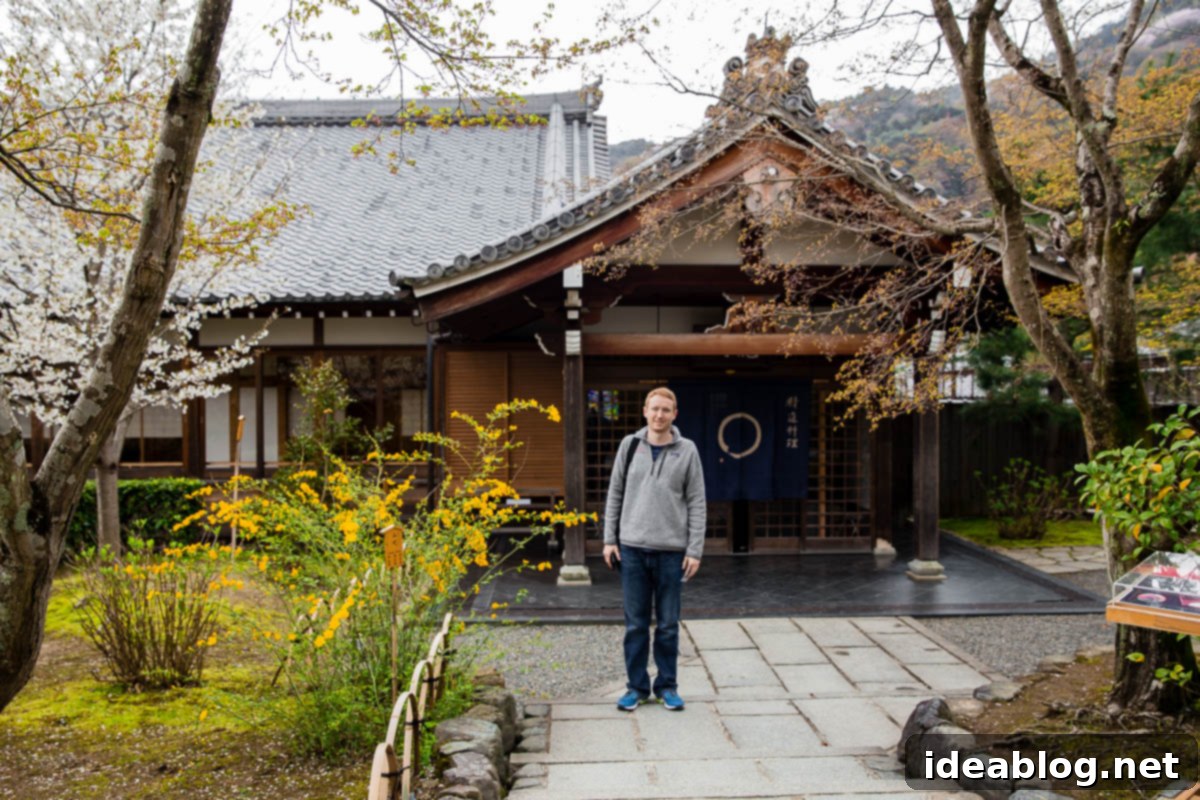


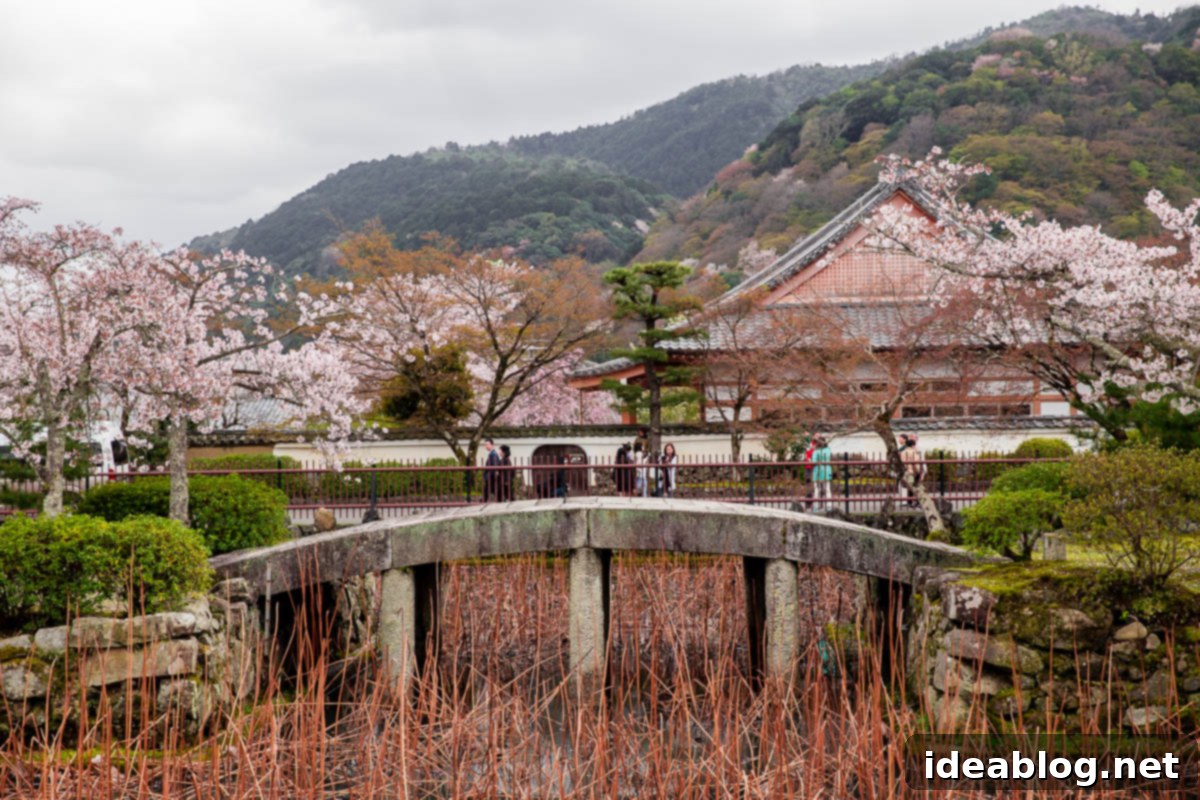
Arashiyama Monkey Park Iwatayama: A Wild Encounter with Views
While exploring the Arashiyama area, carving out time for a visit to the Arashiyama Monkey Park Iwatayama is highly recommended. On your way there, treat yourself to a delicious cappuccino at the famed % Arabica Coffee, perfectly situated along the river with stunning views. Initially, I approached the idea of a monkey park with some skepticism, expecting a overly touristy experience. However, we were thoroughly and pleasantly surprised, truly loving every moment. It provided a delightful and unique interlude between our visits to the many historical temples and cultural sites.
The admission fee is remarkably cheap, and the hike up the mountain offers a moderate, invigorating workout amidst beautiful scenery. Upon reaching the summit, you’re immediately rewarded with two incredible sights: unparalleled panoramic views of downtown Kyoto, which alone make the hike worthwhile, and close encounters with countless wild Japanese macaques. The park offers a unique reversal of roles; visitors enter a caged structure, and from within, you can purchase deer-friendly rice biscuits to feed the monkeys by hand for a few yen. It’s an engaging and memorable interaction. Don’t forget your camera for this incredible opportunity!
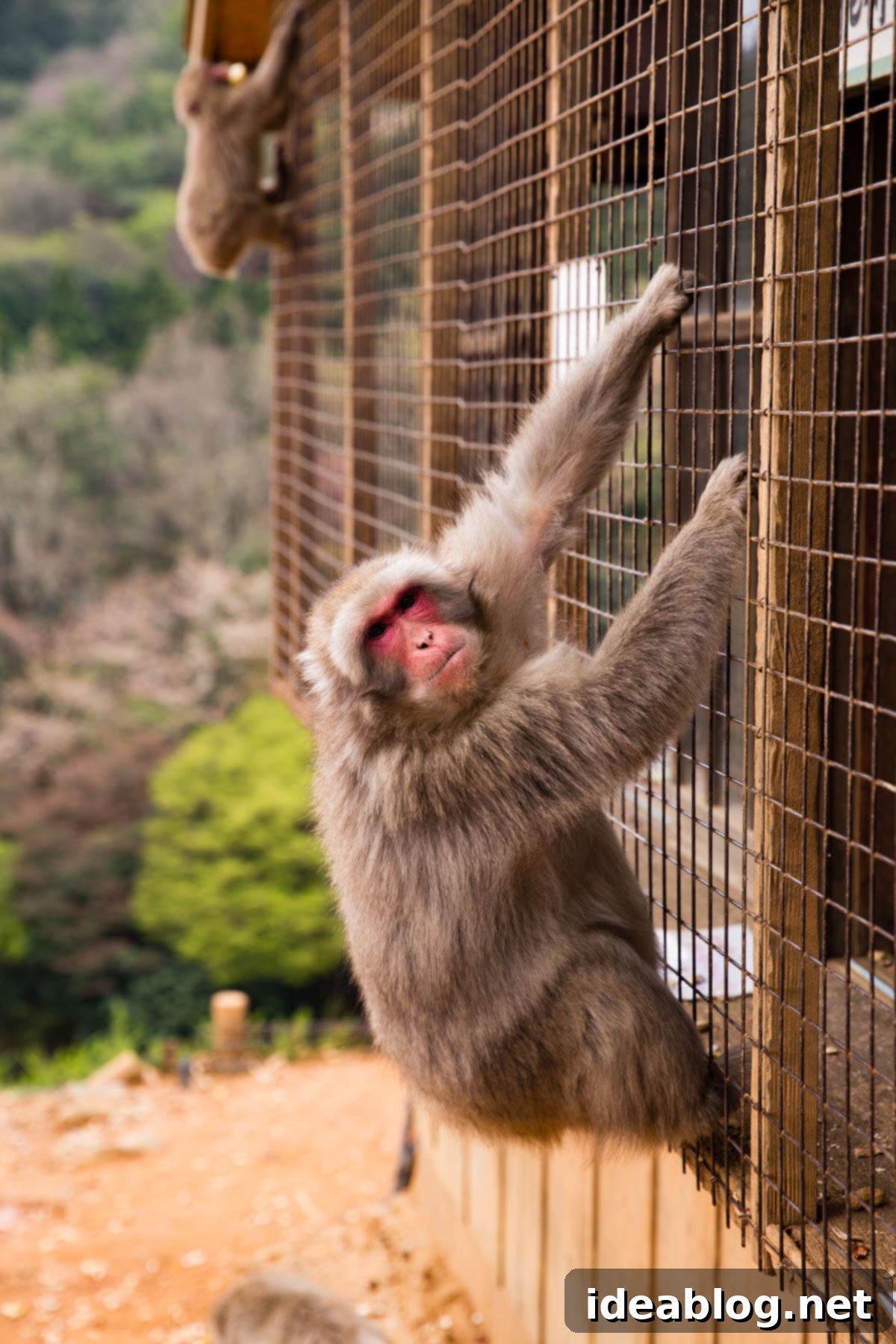


Kiyomizu-dera Temple: Sunrise Serenity and Iconic Views
If there is one temple in Kyoto that absolutely justifies an early morning visit to witness the sunrise, it is Kiyomizu-dera. We, along with our friends Lindsay and Taylor (who joined us again after our Tokyo adventure!), arrived just before its official opening. This early start allowed us to explore the vast temple grounds in a state of near-perfect tranquility, with hardly another tourist in sight – a truly magical and serene experience in itself. The quiet morning hours allowed the ancient beauty of the temple to fully shine.
Perched atop a hill in Southern Higashiyama, Kiyomizu-dera Temple offers breathtaking panoramic views overlooking Kyoto. It is nestled amidst charming, historic neighborhoods that are ideal for leisurely strolls and exploration on foot, providing glimpses into traditional Japanese life. Although a significant portion of the temple was under construction during our visit, its inherent beauty remained undeniable, especially in spring when the delicate pinkish-white cherry blossoms create a stunning contrast against the temple’s iconic red-orange structures. The iconic wooden stage, built without a single nail, is a marvel of engineering and a prime spot for photos, even during renovations. The surrounding area, including Sannenzaka and Ninenzaka streets, comes alive with traditional shops and teahouses, enhancing the overall charm of the visit.

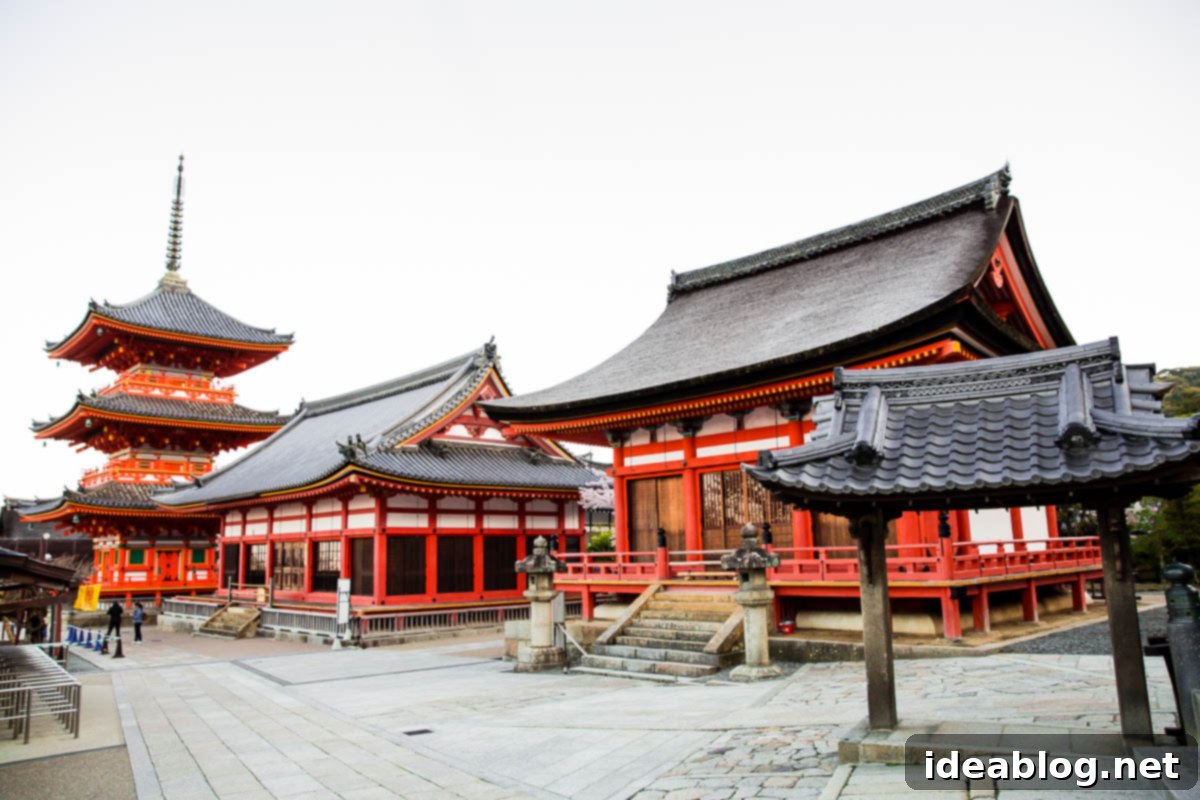

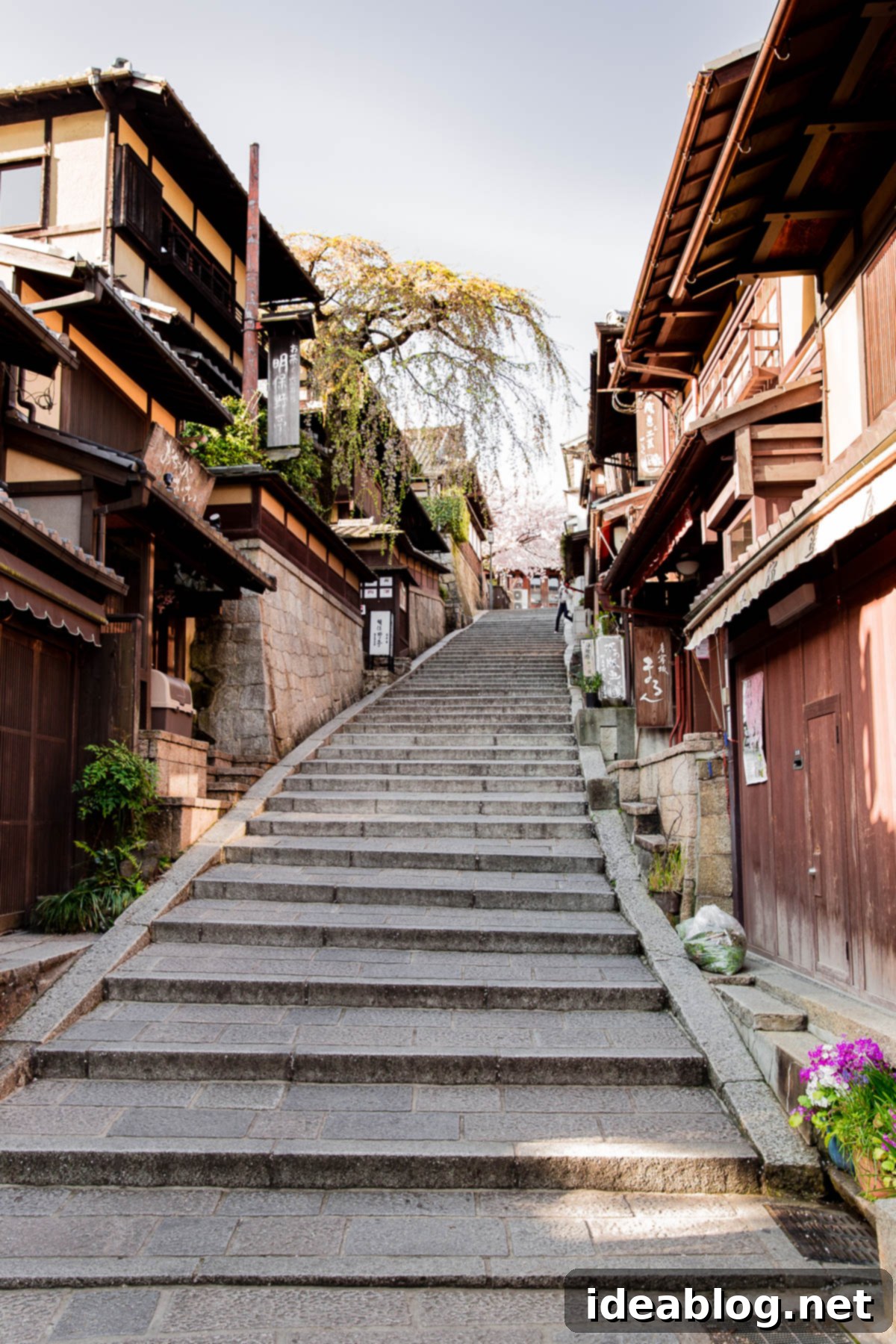
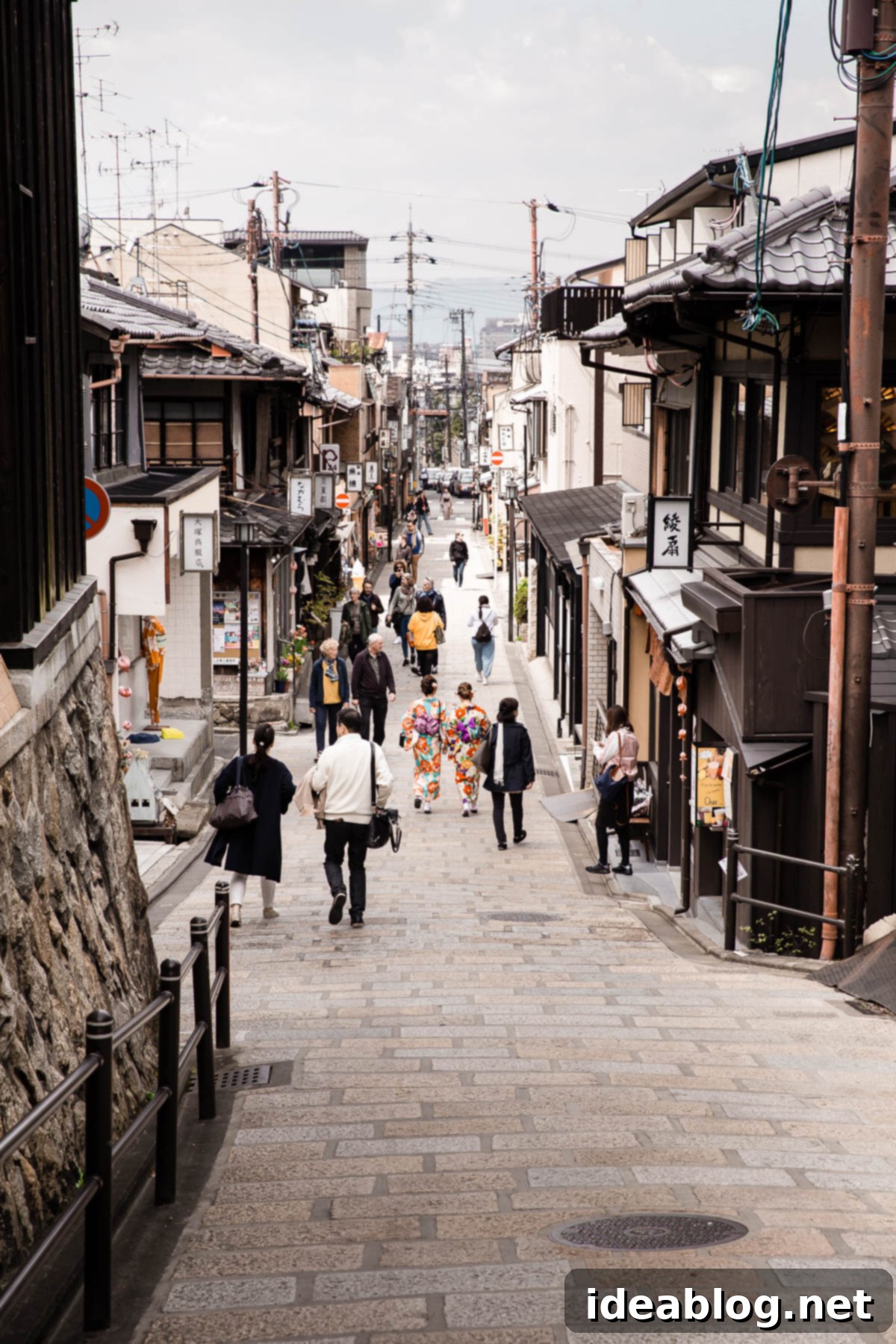

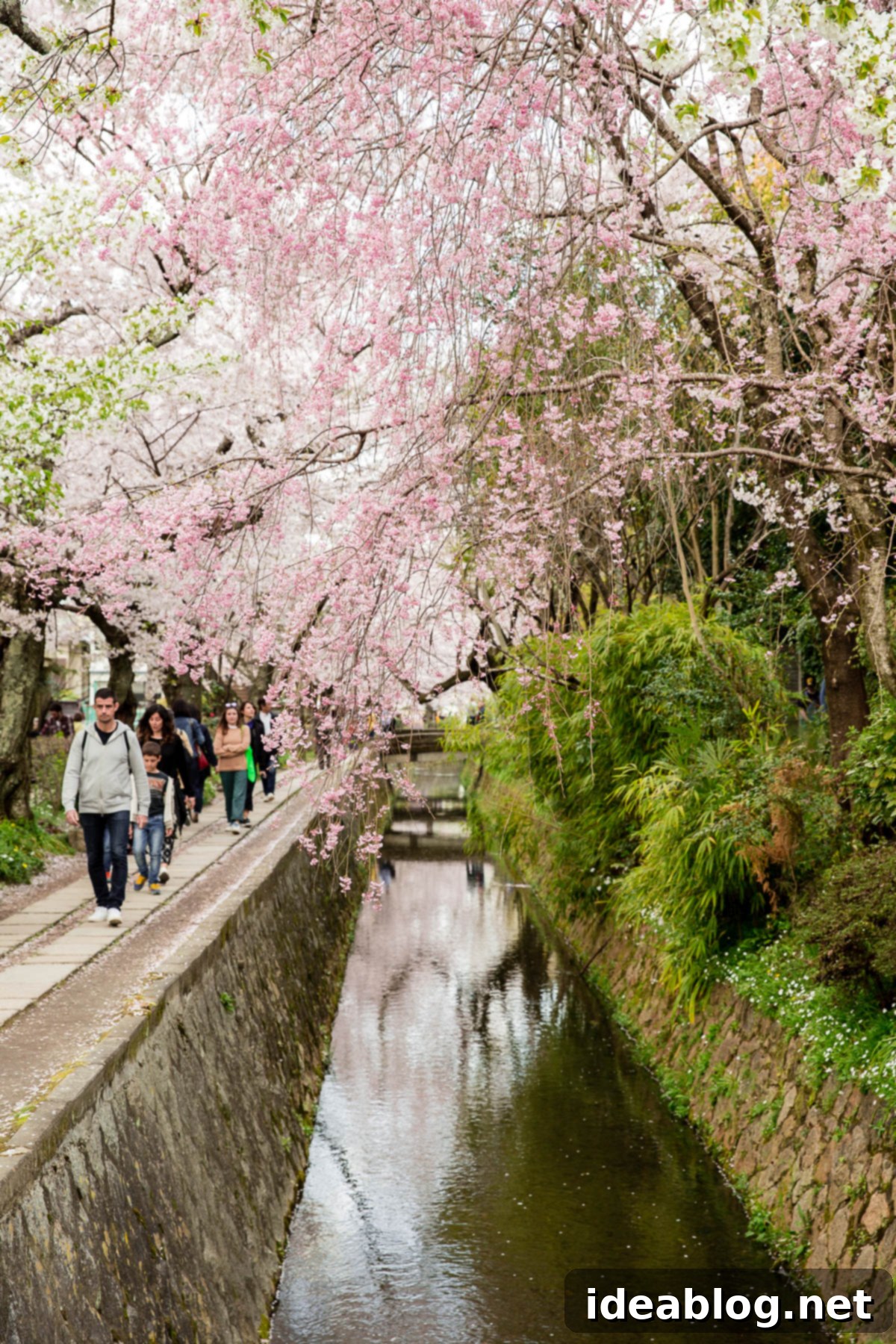
Philosopher’s Walk: A Path of Contemplation and Beauty
The Philosopher’s Walk (Tetsugaku no Michi) is an absolute must-do activity, especially if you happen to visit Kyoto during the spring or fall, though its charm is undeniable at any time of year. This beautiful cobblestone path winds serenely alongside a canal, gracefully flowing through the picturesque neighborhoods of Higashiyama. The walk is particularly renowned for its breathtaking beauty during the cherry blossom season, when hundreds of cherry trees lining the canal burst into a spectacular display of pink and white, forming a magical tunnel of blossoms. In autumn, the path transforms with vibrant hues of red, orange, and gold.
Named for Nishida Kitaro, a prominent Japanese philosopher who reputedly used the path for daily meditation, it invites quiet contemplation and leisurely strolls. You simply can’t beat this location for its tranquil atmosphere and stunning photographic opportunities, making it a perfect escape from the busier tourist spots.

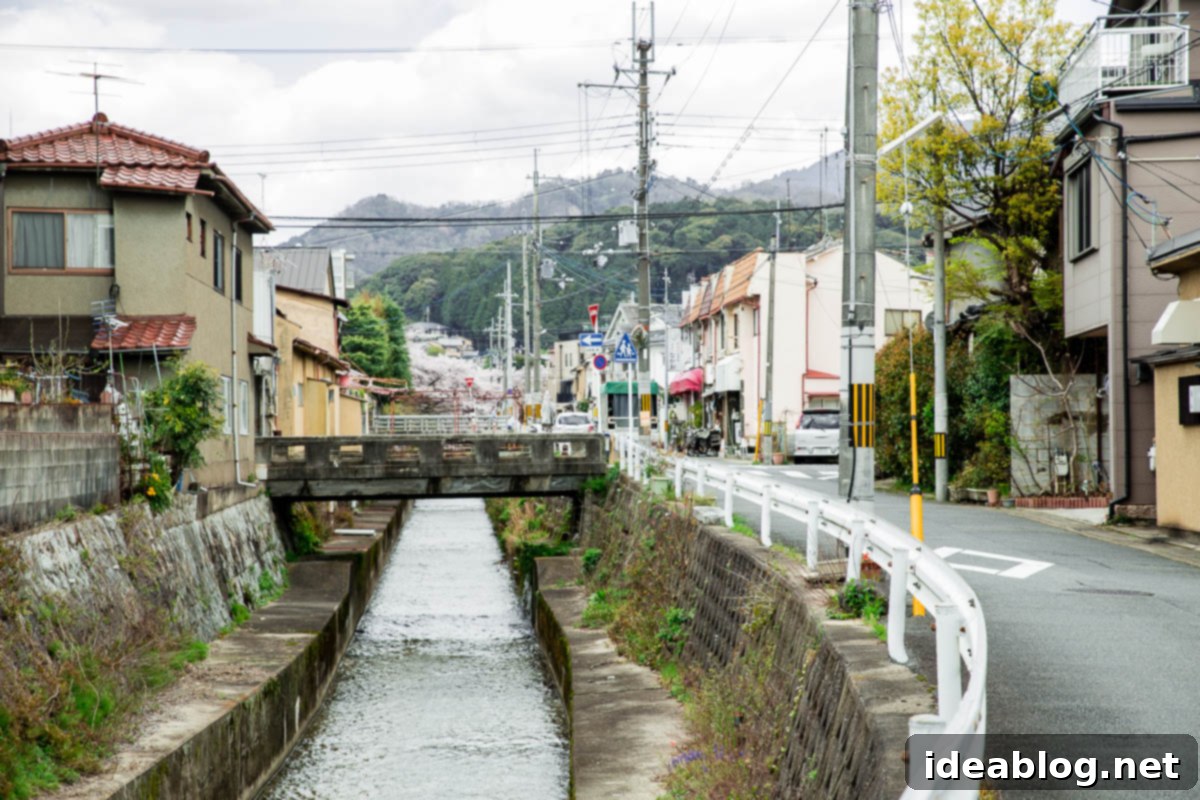
Ao-Onigiri: A Hidden Culinary Gem
Make sure to seek out Ao-Onigiri for lunch, a casual, counter-style restaurant specializing in delectable homemade onigiri. This charming eatery is conveniently located within a short walking distance of the Philosopher’s Walk and offers a truly authentic and incredibly satisfying dining experience. Tucked away on a quiet residential street, it’s the kind of hidden gem you won’t stumble upon by chance, so do use your phone for navigation – it’s absolutely worth the effort to find!
This tiny establishment became one of our favorite dining spots of our entire trip to Japan and was the primary reason I developed a deep affection for homemade onigiri. I can barely articulate how incredibly delicious these rice balls were. Everything we tried was simply divine, and the atmosphere, though small, was incredibly charming and authentic. Personal favorites included the umeboshi (pickled plum), savory curry chicken, and fresh salmon varieties. Ao-Onigiri is an absolute must-visit in Kyoto for an unforgettable, flavorful, and incredibly authentic Japanese meal.

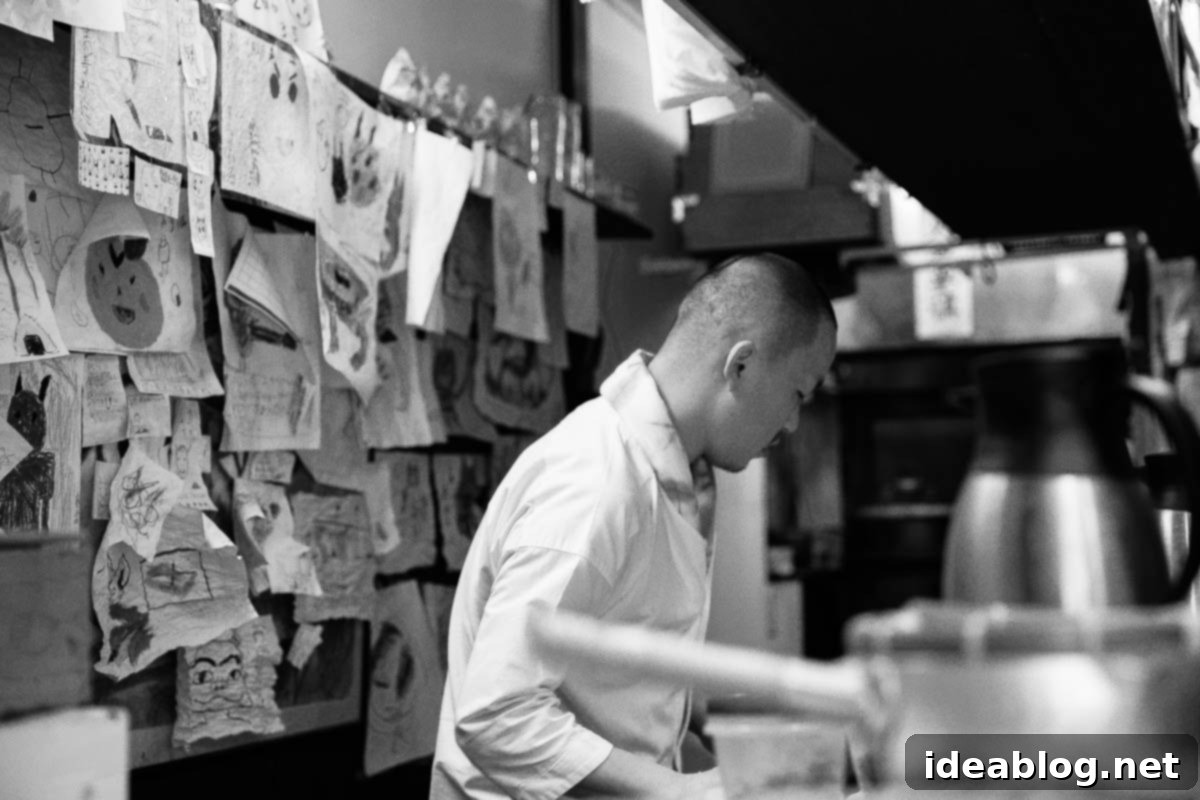

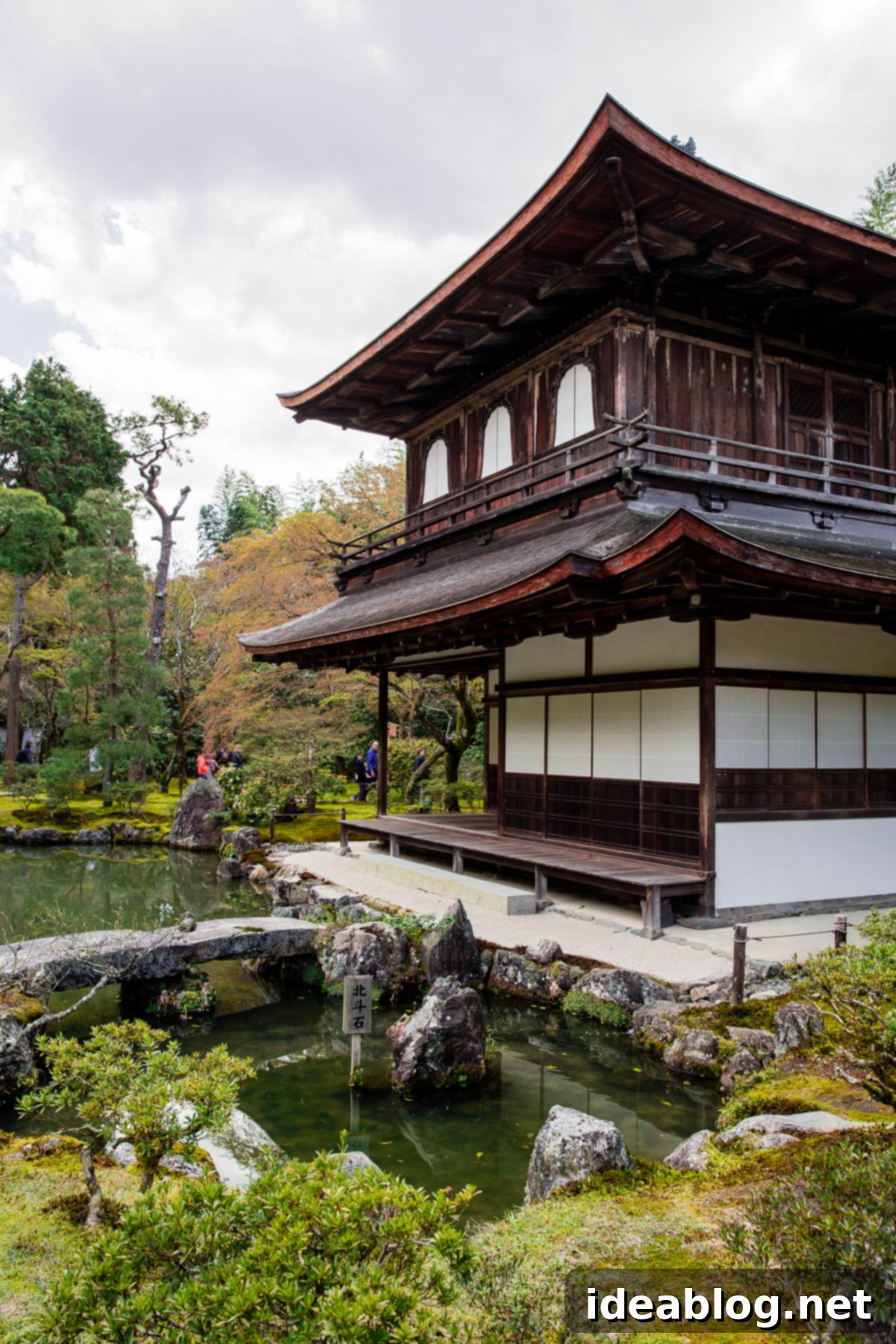
Ginkaku-ji Temple: The Serene Silver Pavilion
When you’re exploring the Higashiyama area of Kyoto, a visit to Ginkaku-ji Temple, often referred to as the Silver Pavilion, is highly recommended. Like many of Kyoto’s renowned temples, Ginkaku-ji boasts some of the city’s most beautifully manicured grounds and striking traditional structures, offering a deeply aesthetic and peaceful experience.
The main highlights of Ginkaku-ji are its utterly unique and meticulously raked dry sand gardens, particularly the expansive “Sea of Silver Sand” and the iconic conical sand mound known as “Moon Viewing Platform.” These abstract landscape features, symbolizing a mountain and a lake, are stunning examples of Zen garden design, inspiring contemplation and a sense of calm. While this entire site can become quite popular, the crowds are generally manageable, especially compared to other major attractions. To ensure the most serene visit, it’s best to plan your arrival either right at opening time or towards closing hours, allowing you to fully appreciate its understated elegance and tranquil beauty.

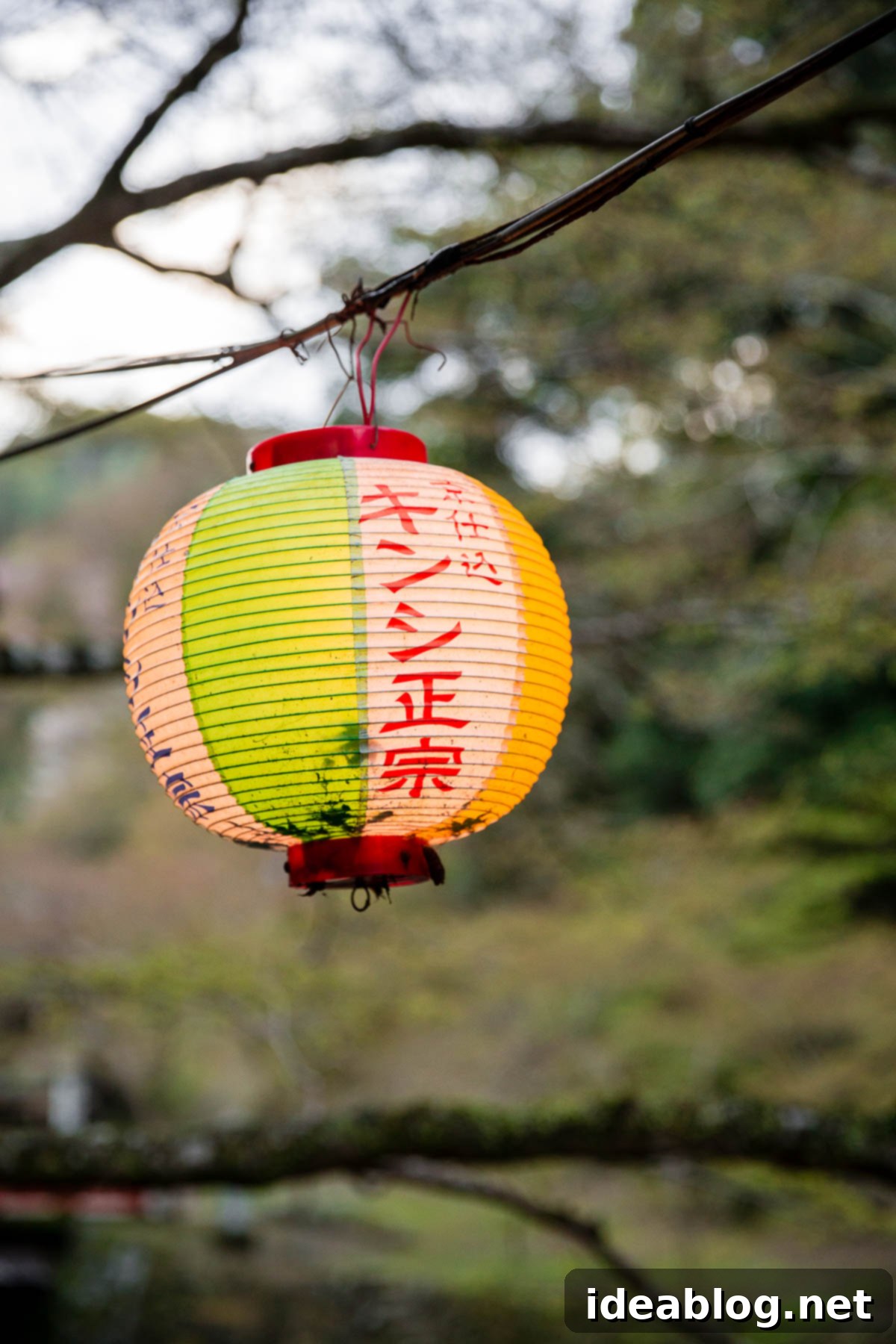
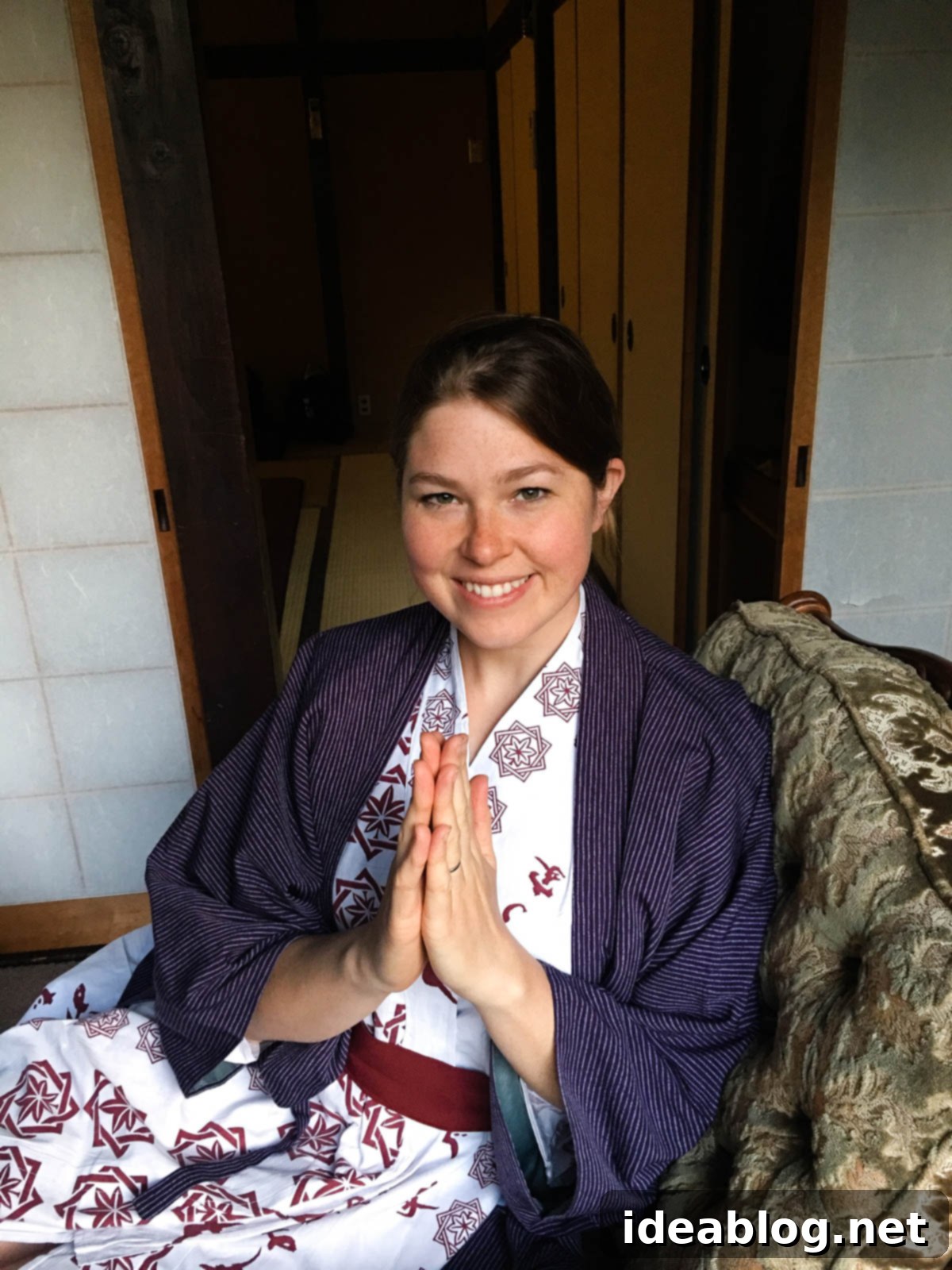


Day Trip to Nara: Ancient History and Friendly Deer
If your itinerary allows for an extra half-day or a full day, I wholeheartedly recommend making the short trip to explore the charming city of Nara. Located just an hour’s train ride from Kyoto, Nara offers a distinct historical and cultural experience that is both manageable and highly rewarding. The convenient train schedule provides excellent flexibility for planning your visit.
Nara, Japan’s first permanent capital, is home to eight UNESCO World Heritage sites, many of which are remarkably concentrated and within easy walking distance of each other. While these destinations were generally more crowded than those we visited in Kyoto, their architectural grandeur and historical significance were truly impressive. The main draw, and an unmissable highlight, is Nara Park, famous for its hundreds of freely roaming, remarkably people-friendly deer. You will genuinely encounter more deer here than you likely have ever seen in your life! This unique coexistence of humans and wild animals creates an experience that is both incredibly bizarre and utterly wonderful. For just a few yen, you can purchase special deer-friendly rice biscuits to feed them. Be warned, they are quite assertive and will follow you around, gently nudging or even nibbling at your pockets until they get their treat. Be prepared to make many new four-legged friends!
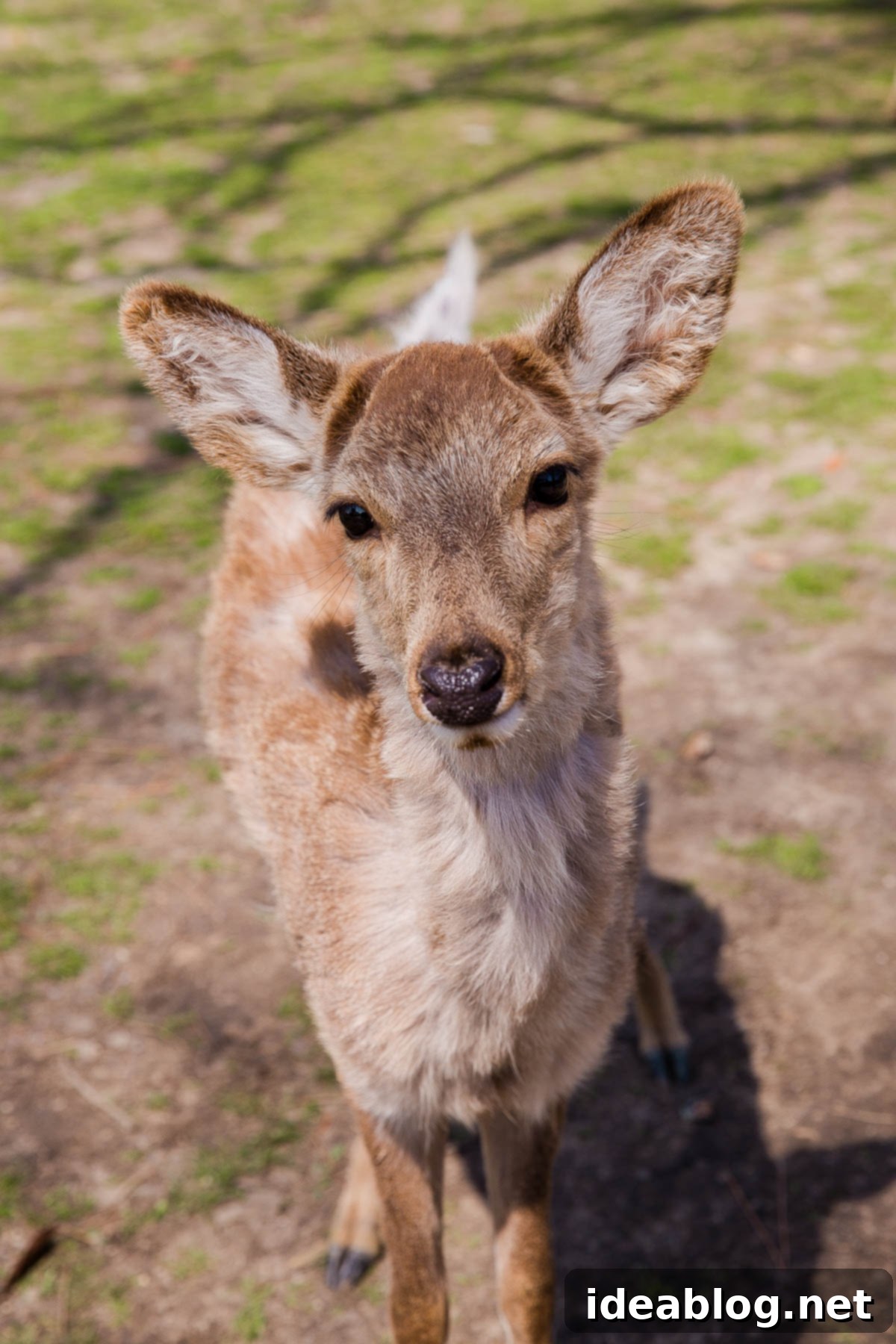
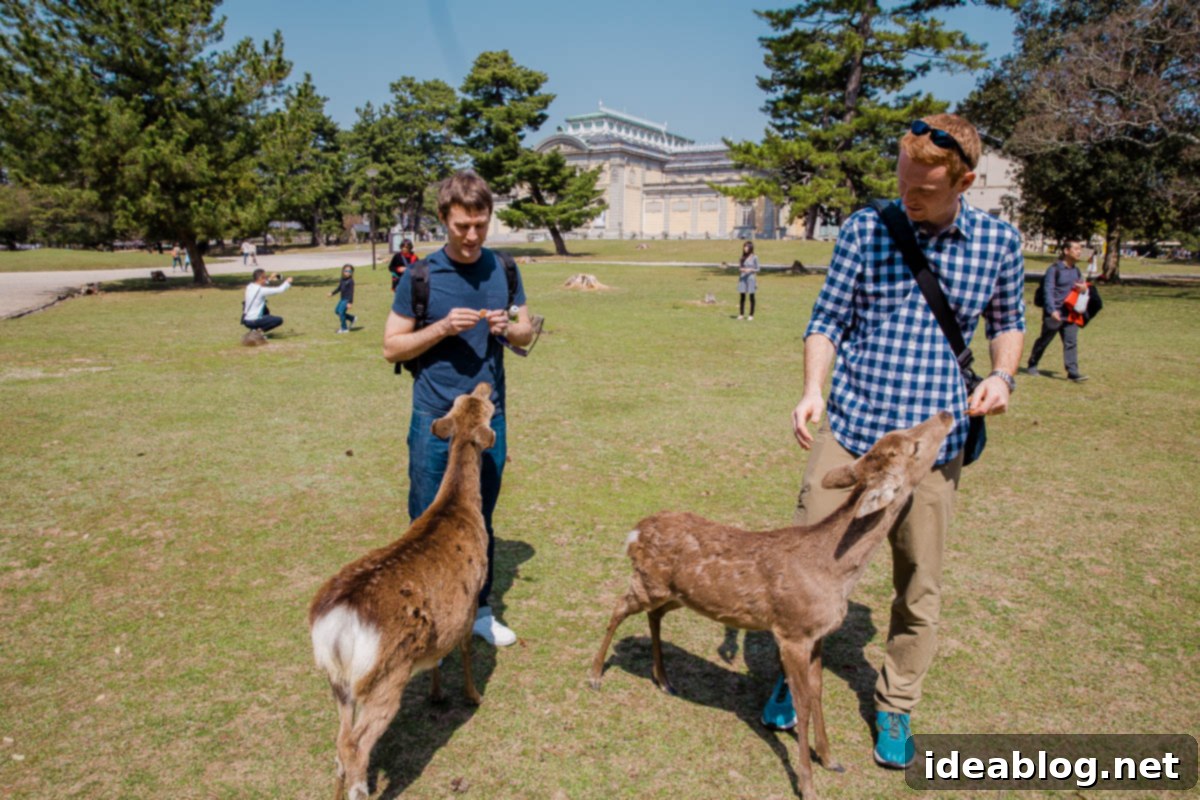
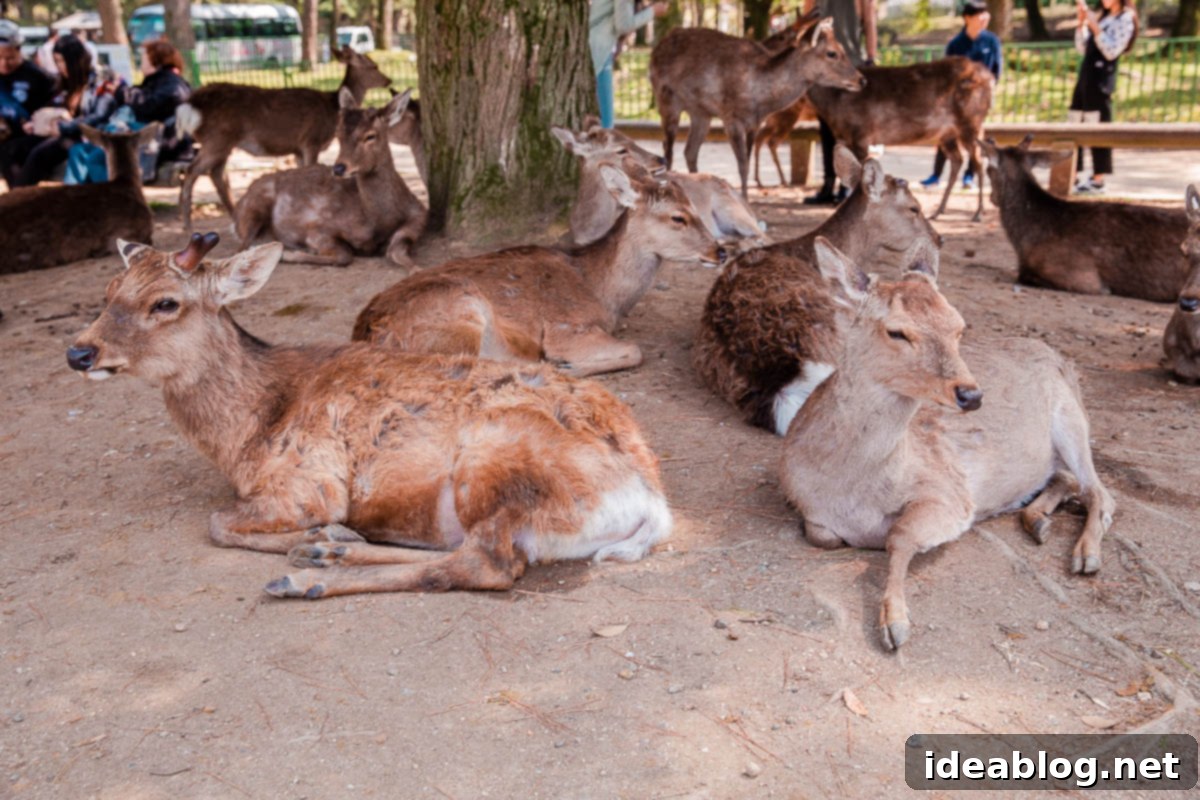
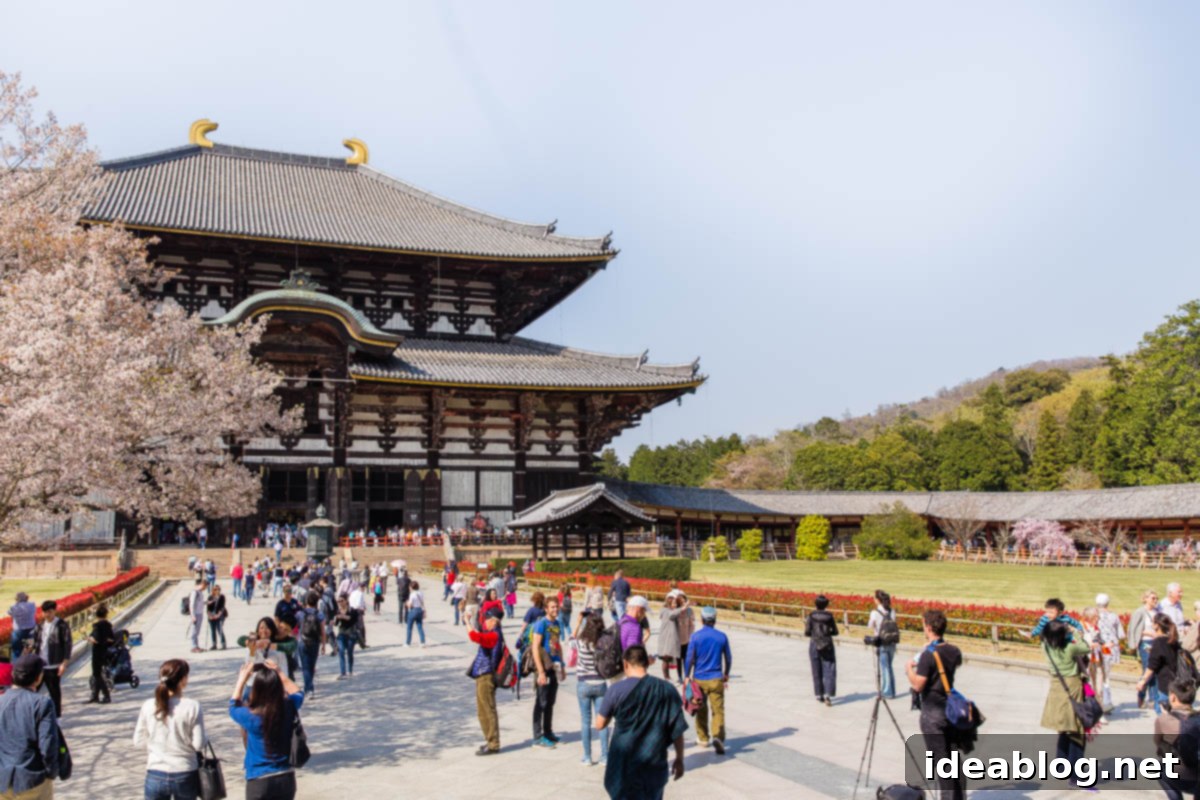
Todai-ji Temple: Home to the Great Buddha
A central pillar of Nara’s historical landscape is Todai-ji Temple, an impossibly large and awe-inspiring structure. This magnificent temple is renowned for housing the Daibutsu, the Great Buddha, a colossal bronze statue that demands reverence. While it’s a major attraction and often bustling with school groups and international tourists, the temple grounds are expansive enough to comfortably accommodate the crowds, ensuring a pleasant visit.
Witnessing the sheer scale of Todai-ji in person is truly stunning; it made all the temples we visited in Kyoto feel tiny by comparison. It stands as a testament to ancient Japanese architectural and artistic prowess, making it an absolute must-visit during your day trip to Nara!
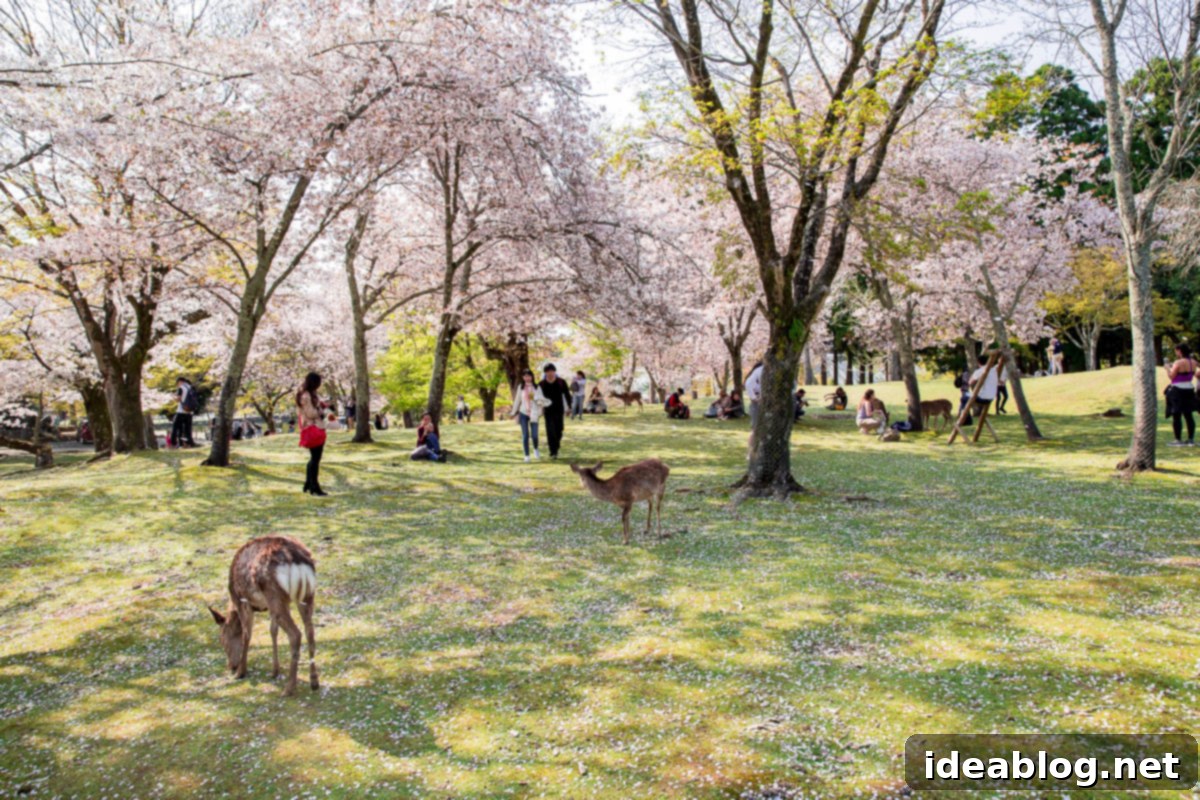
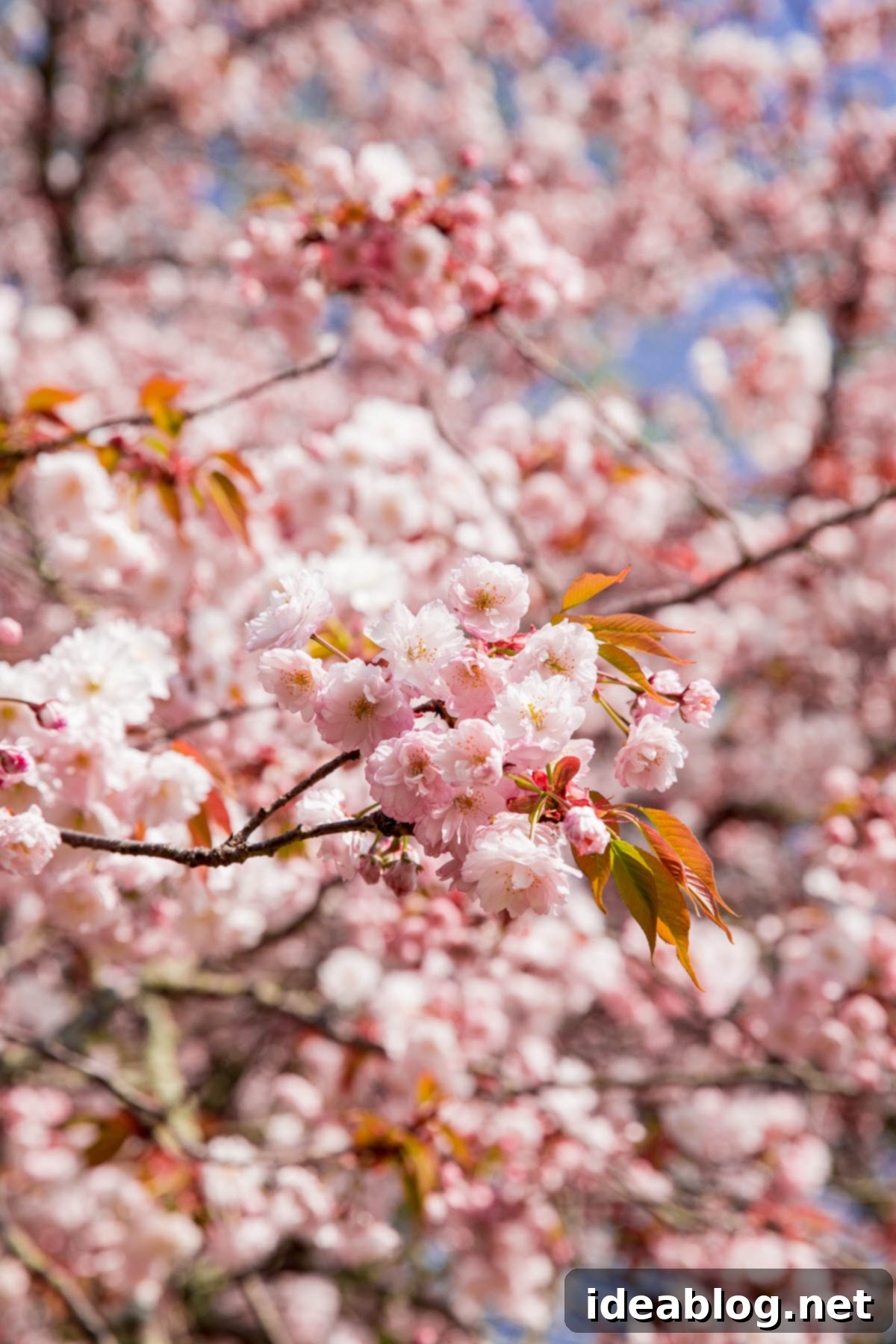
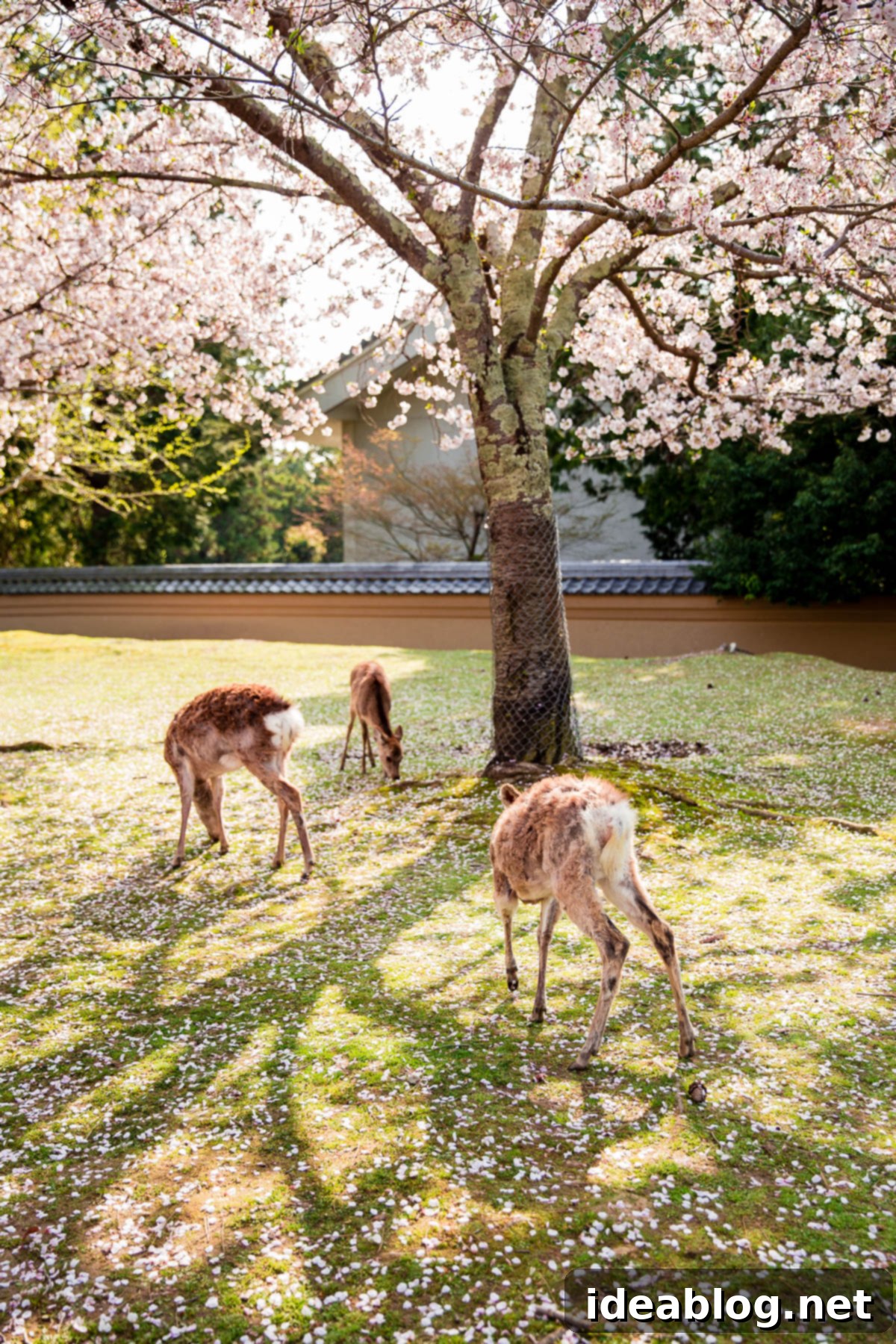
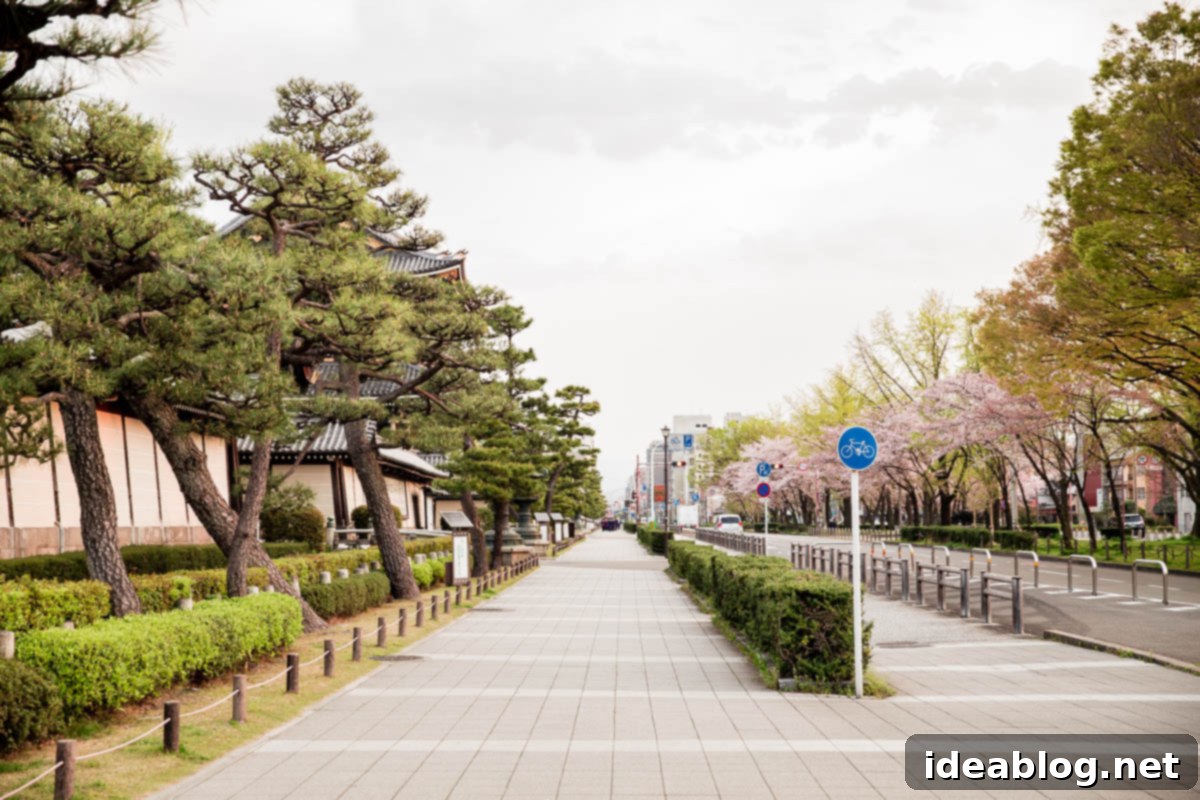

Where to Eat + Drink in Kyoto: A Culinary Journey
- Kyoto Station (10th Floor Ramen Street) – Kyoto Station is an architectural marvel and a hub for diverse dining. Dedicate time to explore its 10th-floor Ramen Street, home to eight unique ramen shops, each specializing in distinct regional ramen styles from across Japan. This vibrant area offers a fantastic opportunity to savor different broths and noodle preparations. Be sure to have cash on hand, as ordering is typically done through traditional vending machines.
- Nishiki Market – Known as ‘Kyoto’s Kitchen,’ this famous downtown market is a treasure trove of countless food stalls, traditional shops, and specialty goods. It’s the perfect place to sample an array of street foods, discover local ingredients, and pick up unique culinary treats or souvenirs for loved ones.
- Miyako Yasaikamo – This spot offers an incredibly affordable, all-vegetarian buffet (under $10 per person!) for breakfast, lunch, and dinner. While we didn’t have the opportunity to visit ourselves, our friends Lindsay and Taylor highly recommended it, and it also came with a strong endorsement from Journy. It’s a great option for fresh, locally grown vegetables.
- Shigetsu – Located on the serene grounds of Tenryu-ji Temple, Shigetsu is a traditional Zen Buddhist vegetarian restaurant. For approximately $30 per person, you’ll receive a meal of rice, soup, and five elegant side dishes showcasing local, seasonal cuisine. The overall experience of dining in such a peaceful setting, immersed in Zen tradition, often outweighs the food itself, making it a unique cultural highlight.
- % Arabica – Kyoto’s most famous coffee shop, % Arabica, is the go-to destination for exceptional cappuccinos and lattes if you’re seeking your caffeine fix. Beyond coffee, they also offer delicious baguette sandwiches filled with brie and prosciutto, providing a welcome non-Japanese bite. Be aware that their locations almost always have a line stretching out the door and minimal seating, so plan to visit during off-peak hours for a more relaxed experience.
- Giro Giro Hitoshina – First discovered through a Food & Wine magazinearticle, this restaurant delivered one of our most memorable meals in Kyoto. Be sure to book a reservation well in advance, as it’s highly sought after. Offering modern kaiseki cuisine at a remarkably affordable price, this picturesque restaurant is beautifully situated along one of Kyoto’s charming canals, providing an exquisite dining ambiance.
- Ao-Onigiri – An absolute must-visit in the Kyoto area! This tiny, single-counter restaurant specializes in incredibly delicious homemade Japanese onigiri and is conveniently within walking distance of Philosopher’s Walk and Ginkaku-ji Temple. Every item on their menu is a delight, and the atmosphere is wonderfully charming and authentic. It’s truly a hidden culinary gem that offers an unforgettable taste of local flavor.
- Kura Kura – Our final meal in Kyoto was at this lively Japanese izakaya, located within walking distance of Kyoto Station. While the food might not have surpassed our favorite izakaya in Tokyo, the atmosphere was uniquely memorable and authentically local. The restaurant was filled with Japanese patrons, and despite the staff speaking very little English, it contributed to the immersive ambiance. Be prepared to rely on recommendations, be adventurous with your choices, and simply enjoy the vibrant local energy.
- Ogawa Coffee (Kyoto Station) – If you have some time before catching the bullet train back to Tokyo, make a pit stop at Ogawa Coffee, conveniently located near the central entrance of Kyoto Station. They offer a very reasonably priced breakfast combo that includes a specialty coffee of your choice, a croissant, yogurt, and fruit. Don’t leave without trying a slice of their exquisite matcha cake!
What to See + Do in Kyoto: A Curated Itinerary
- Nishiki Market – Referred to as ‘Kyoto’s Kitchen,’ this bustling downtown market is a vibrant hub of countless food stalls and shops where you can sample every imaginable type of street food. Remember to bring cash. While there, be sure to visit Aritsugu, one of Japan’s oldest and most respected knife shops.
- Fushimi Inari Taisha – Famous for its seemingly endless bright orange torii (shrine gates) winding up a mountain, this is an absolute must-visit temple in Kyoto. The initial sections can be crowded, so wear comfortable shoes and allow ample time to walk further into the complex where the crowds thin out. Highly recommend visiting early in the morning for a more serene experience.
- Gion District – Kyoto’s renowned geisha district, characterized by its traditional wooden Japanese architecture, charming tea shops, and elegant restaurants. It’s particularly enchanting to stroll through Gion at dusk, when lanterns cast a soft glow and there’s a chance to spot a geiko or maiko (apprentice geisha).
- Pontocho Alley – This narrow, atmospheric alleyway, running parallel to the Kamo River, is packed with small bars and traditional restaurants. It’s definitely worth a leisurely stroll here at night when all the lanterns are lit, creating a wonderfully romantic and traditional Japanese ambiance.
- Okochi Sanso Villa and Garden – A true hidden gem located just steps from the bustling Arashiyama Bamboo Forest. This private estate is well worth the extra admission charge. Its gardens are stunningly beautiful, visitors are typically sparse, and on clear days, it offers incredible views of downtown Kyoto. Admission includes a complimentary green tea and a traditional Japanese sweet.
- Arashiyama Bamboo Forest – The iconic, mesmerizing bamboo grove! The path seamlessly leads to Tenryu-ji Temple, making it hard to miss. It’s an incredible sight, whether under an overcast sky or bright sunshine. Visit early in the morning to experience its tranquility before the larger crowds arrive.
- Tenryu-ji Temple – Situated within a short walk of both the Arashiyama Bamboo Grove and Okochi Sanso Villa, Tenryu-ji Temple boasts some of the finest Zen gardens in all of Kyoto. For a unique traditional Japanese meal, consider booking a reservation at Shigetsu, a serene Zen Buddhist vegetarian restaurant located on the temple grounds.
- Iwatayama Monkey Park – If you have time to spare in Arashiyama, pay a visit to this park to witness stunning panoramic views of downtown Kyoto and observe wild Japanese macaques up close in their natural habitat. The hike up is moderate, so wear comfortable walking shoes and clothing. Remember, refrain from touching the monkeys.
- Kiyomizudera Temple – If there’s only one temple you wake up early to visit for sunrise, make it Kiyomizudera. You’ll avoid the crowds, enjoy exploring the quiet cobblestone streets of the surrounding historic district, and be rewarded with fantastic, uninterrupted photo opportunities of this iconic structure and its magnificent views.
- Camellia Tea Ceremony – Located in a beautiful traditional house not far from Kiyomizudera Temple, this company offers authentic tea ceremony classes. Participants learn about the intricate process and ritual of preparing matcha tea. The guides provide insightful explanations (in English) about the cultural significance of each part of the ceremony, making it a highly informative and enjoyable cultural immersion.
- Philosopher’s Walk – A beautiful, tranquil cobblestone path running alongside a canal in the Higashiyama neighborhoods. This location is particularly unbeatable during cherry blossom season, but offers serene beauty year-round. Be prepared to take countless photos of the scenic canal and lush surroundings.
- Ginkaku-ji (Higashiyama Jisho-Ji) – This Higashiyama temple, known as the Silver Pavilion, offers some of the most stunning grounds and architectural structures in Kyoto. It’s just a short, pleasant walk from the Philosopher’s Walk. The meticulously raked dry sand gardens, symbolizing a mountain and lake, are particularly striking. While popular, the site doesn’t typically get overwhelmingly crowded. For the most peaceful experience, visit right as it opens or just before closing.
- Tōdai-ji (Nara) – This impossibly large temple in Nara houses the famous Great Buddha. Despite attracting numerous school and tourist groups, its vast grounds effectively absorb the crowds. The sheer scale of Todai-ji is astonishing, making all of Kyoto’s temples seem tiny in comparison. It’s an absolute must-visit during a day trip to Nara!
Where to Stay in Kyoto: Accommodation Options
- Minato Hotel – An intimate, family-run bed and breakfast conveniently located in downtown Kyoto, just a few blocks from Nishiki Market. The rooms, though compact, are beautifully maintained, and the rate includes an American-style breakfast. Despite a slight language barrier with the owners, the family is incredibly welcoming and accommodating. We cherished our stay in this smaller, quieter spot for the majority of our visit.
- Daiwa Roynet Hotel – This hotel is ideally situated within a block of Kyoto Station, making it an excellent choice for travelers arriving late into Kyoto or planning an early departure back to Tokyo the following morning. Its strategic location also places it within walking distance of a lesser-known but incredibly impressive temple that is definitely worth a visit!
Essential Japan Travel Tips + Recommendations:
- Journy – An exceptional online travel concierge service that leverages local chefs, bloggers, and insider recommendations to meticulously plan every detail of your trip. They deserve immense credit for curating our remarkable dining experiences and crafting a wonderful itinerary.
- JR Rail Pass – The Japan Rail Pass offers a convenient and relatively affordable way to travel by train and bullet train to Kyoto, Nara, and numerous other regions across Japan. It can even be used as an alternative to the traditional metro system for traveling around Tokyo. This pass is exclusively available for foreign travelers and must be booked in advance prior to your trip. We opted for a 7-day pass, which proved invaluable.
- Google Maps + Hyperdia App – These two apps are absolutely indispensable for any trip to Japan. We primarily used Google Maps for navigating the metro system and city streets. The Hyperdia app is particularly useful for detailed train schedules, routes, and fare information.
- Pocket Wifi (eConnect) – Reliable Wi-Fi is essential for traveling in Japan. We would have been quite literally lost without our Pocket Wifi, which is also very affordable. Don’t bother switching your normal cell phone service to an international plan; it might not work consistently, and having portable Wi-Fi helps save your phone’s battery. Book a Pocket Wifi in advance, arrange to pick it up at your hotel upon arrival, and plan to drop it off at the airport just before departing. Remember to charge its battery daily!
- 72-Hour Subway Ticket – If you choose not to activate your JR Rail Pass immediately upon arrival (as we did for Tokyo), this ticket offers a cost-effective way to travel from the airports and extensively around Tokyo. It’s exclusively for foreigners and can only be purchased at the airport.
- iPhone Battery Case or Portable Charger – You’ll likely be using your phone extensively for navigation, translation, and photos, so be prepared with extra battery power! These external chargers came in handy many, many times, preventing critical battery drain throughout our busy days.
- Google Translate – While not always perfectly reliable or entirely accurate, Google Translate can be an absolute lifesaver at crucial moments when communication is challenging. It’s a valuable tool to have, especially with its camera translation feature.

